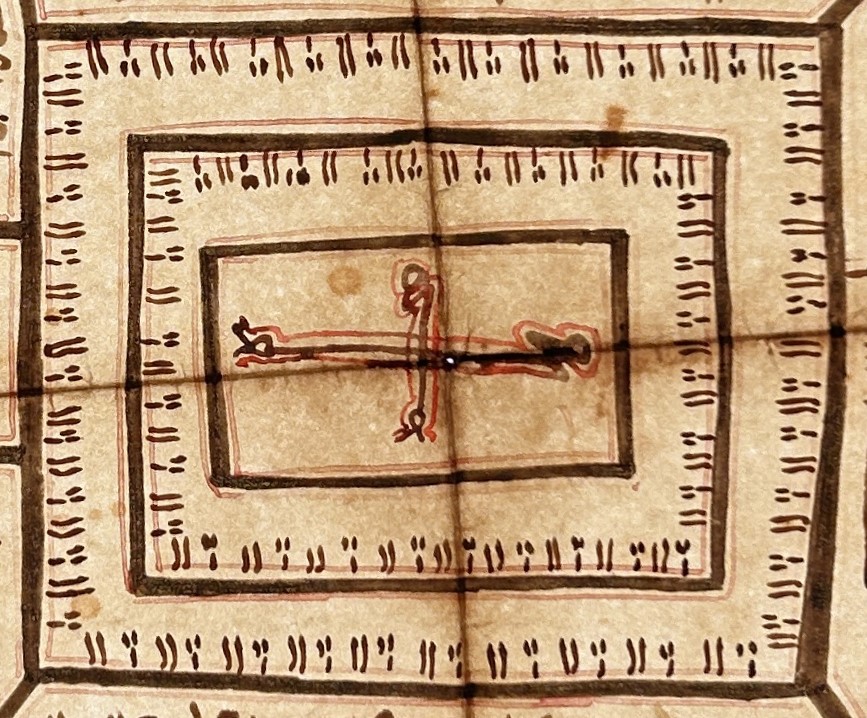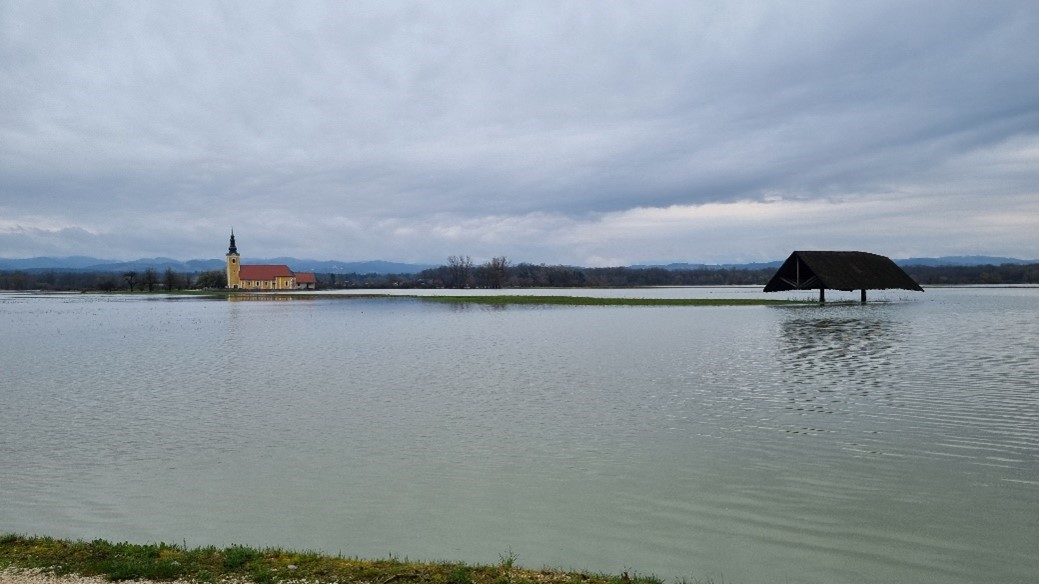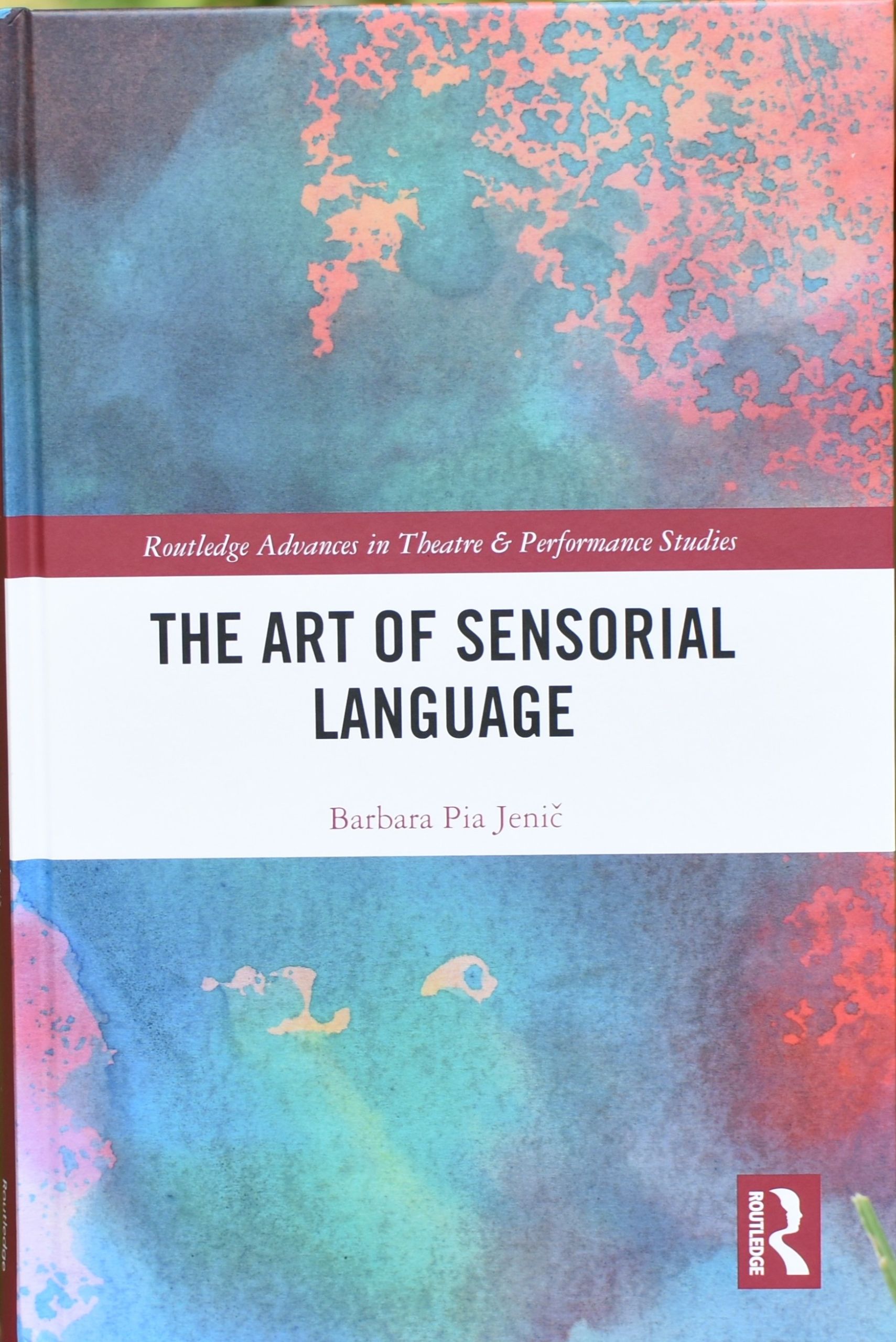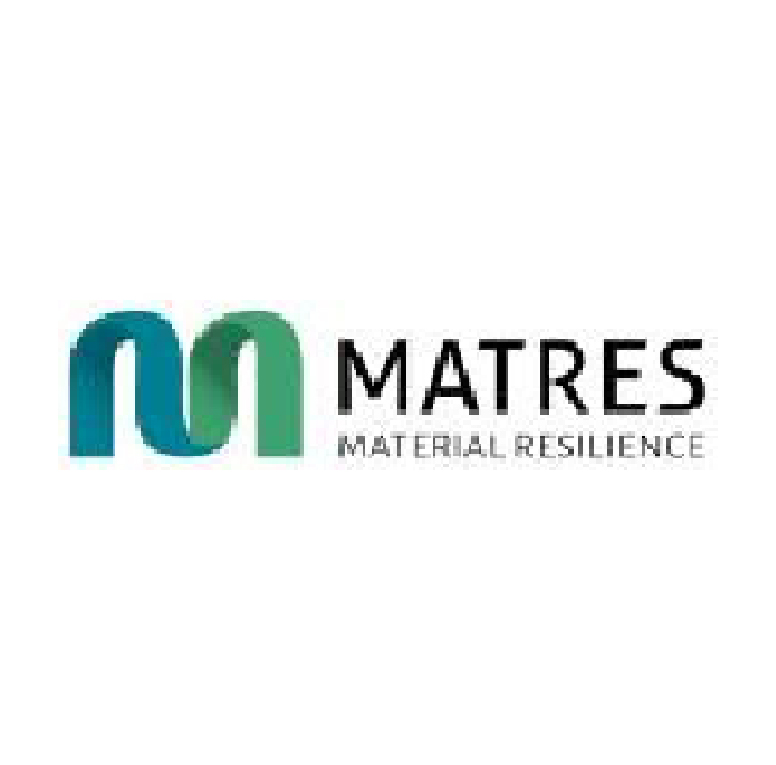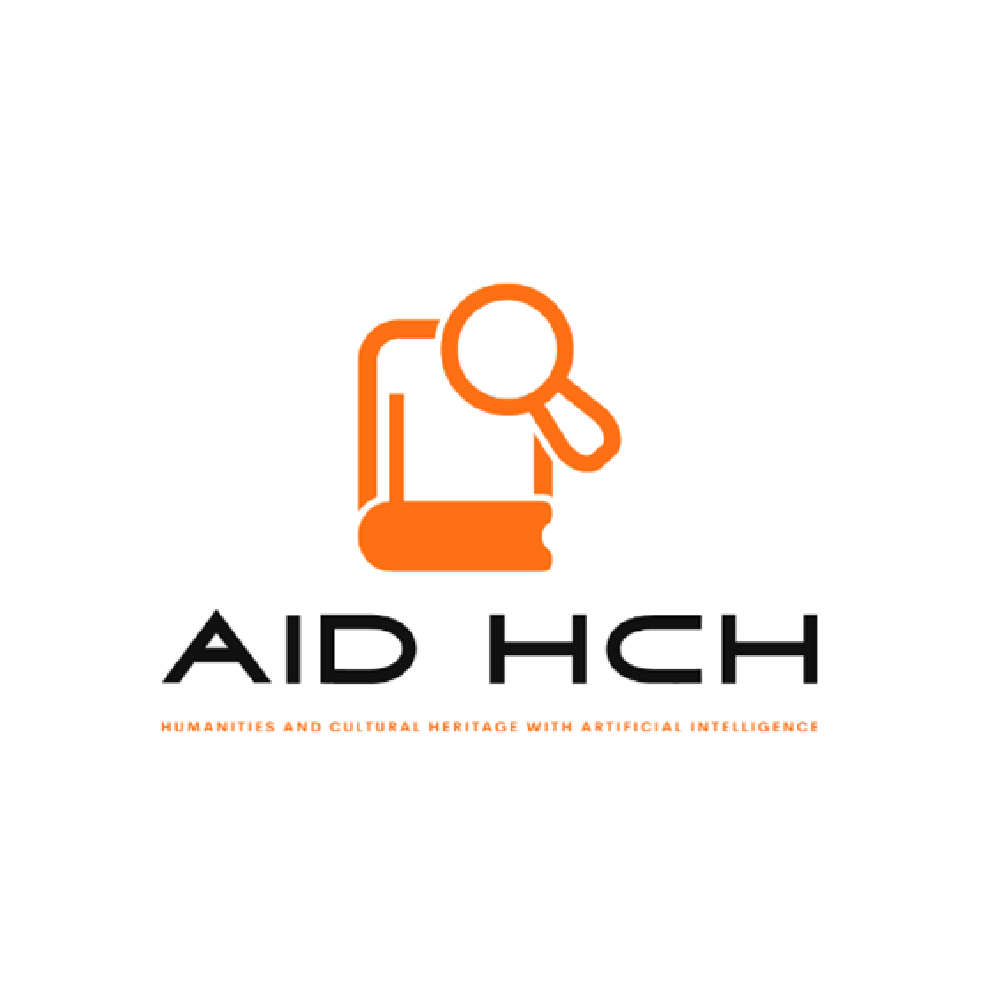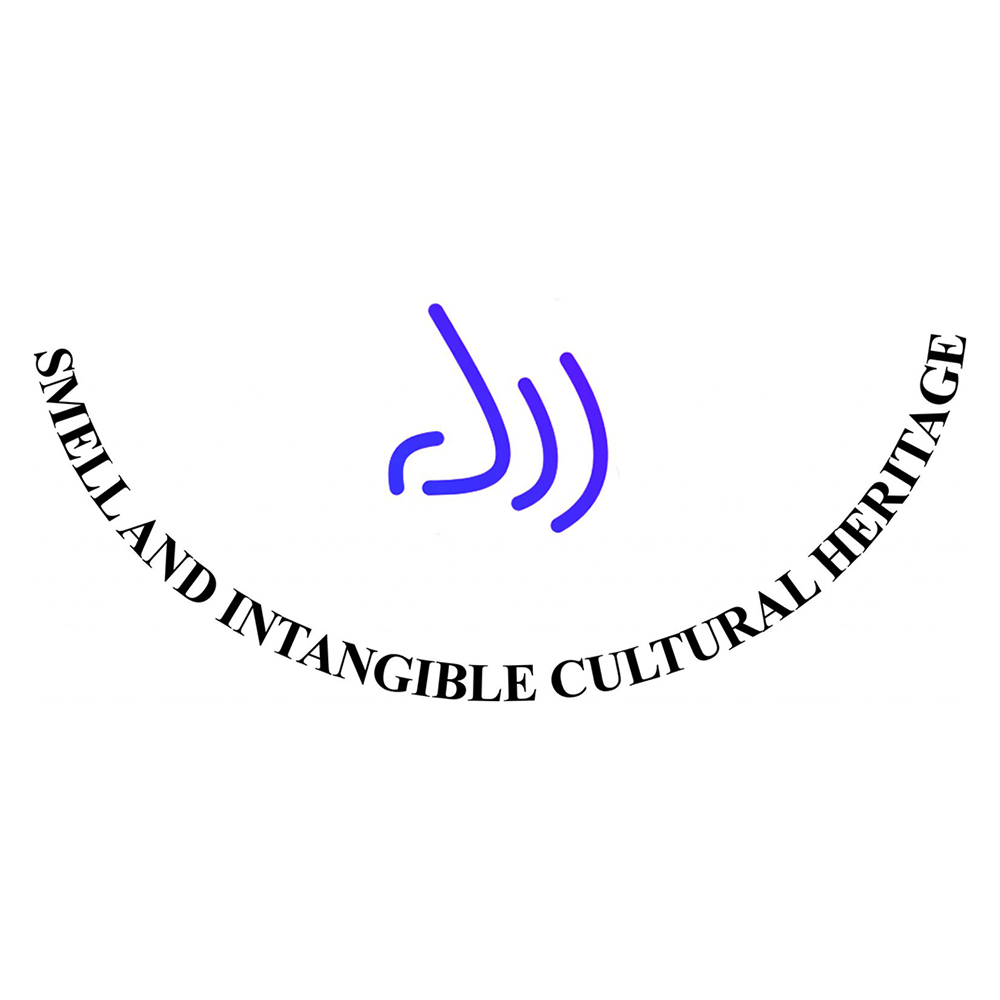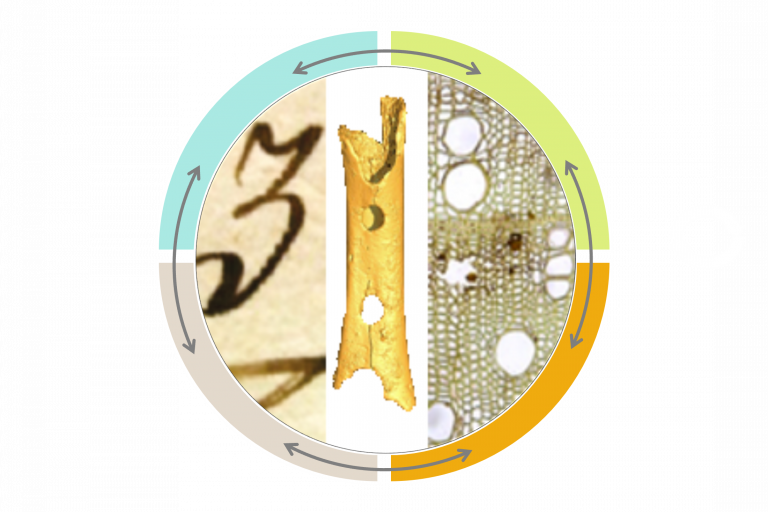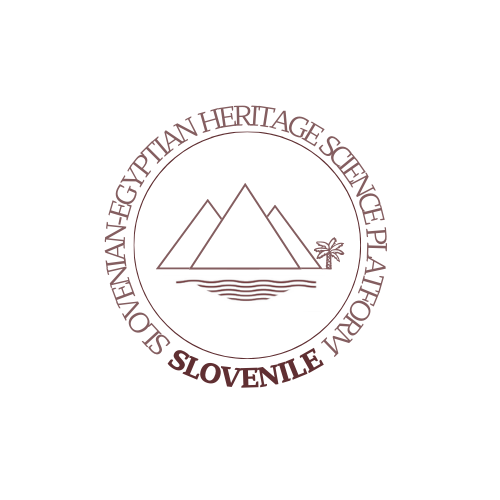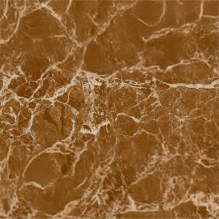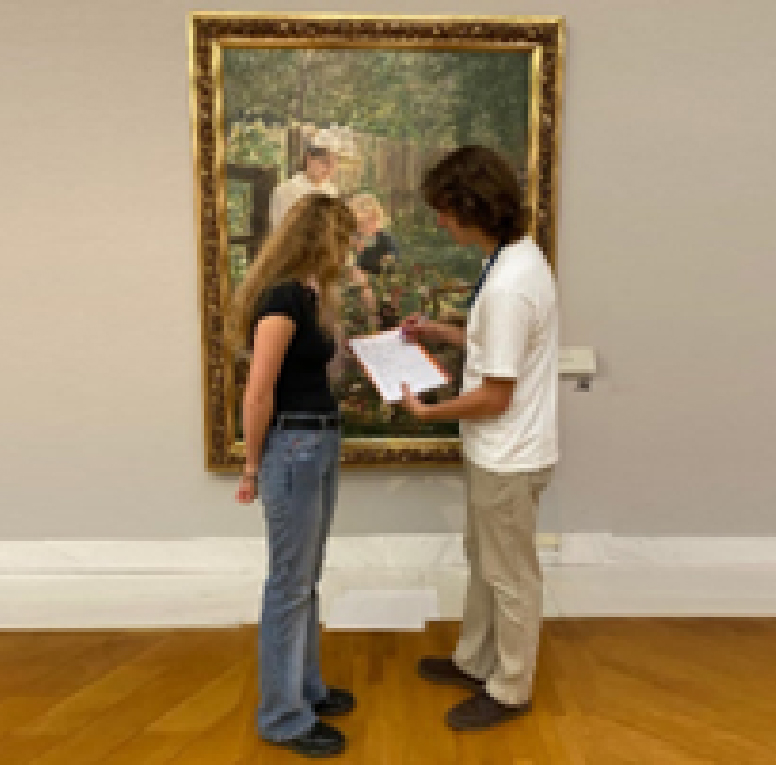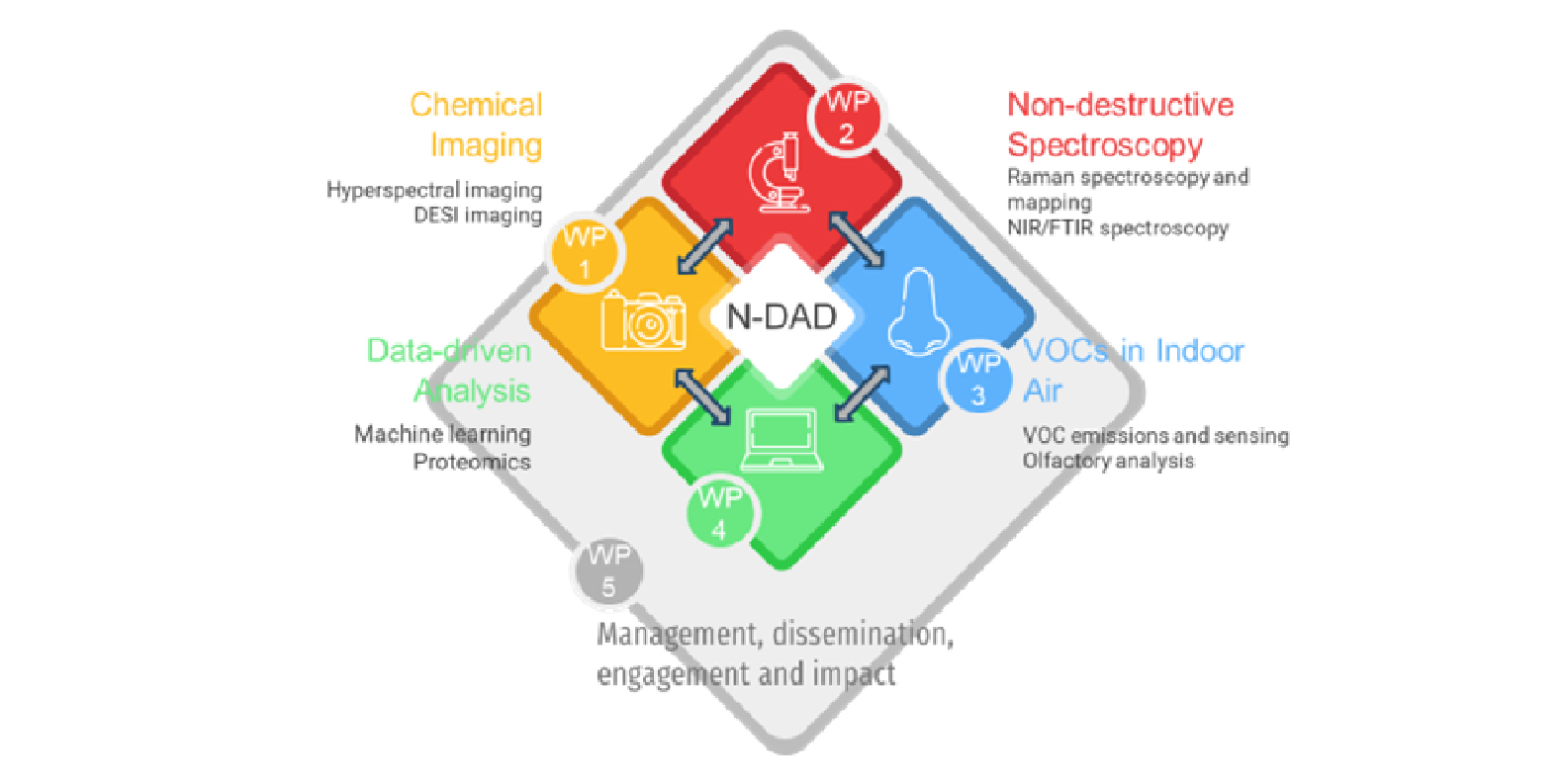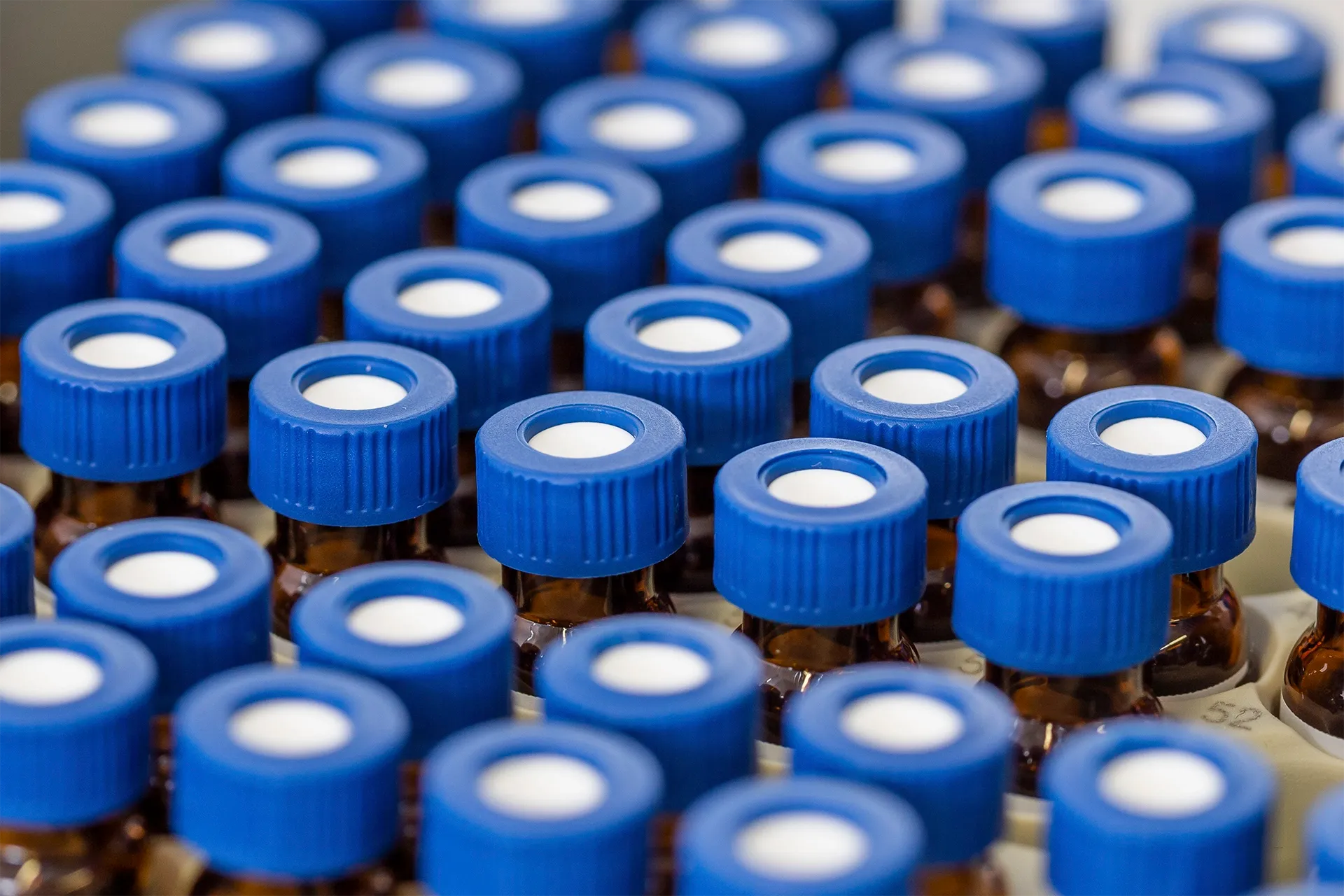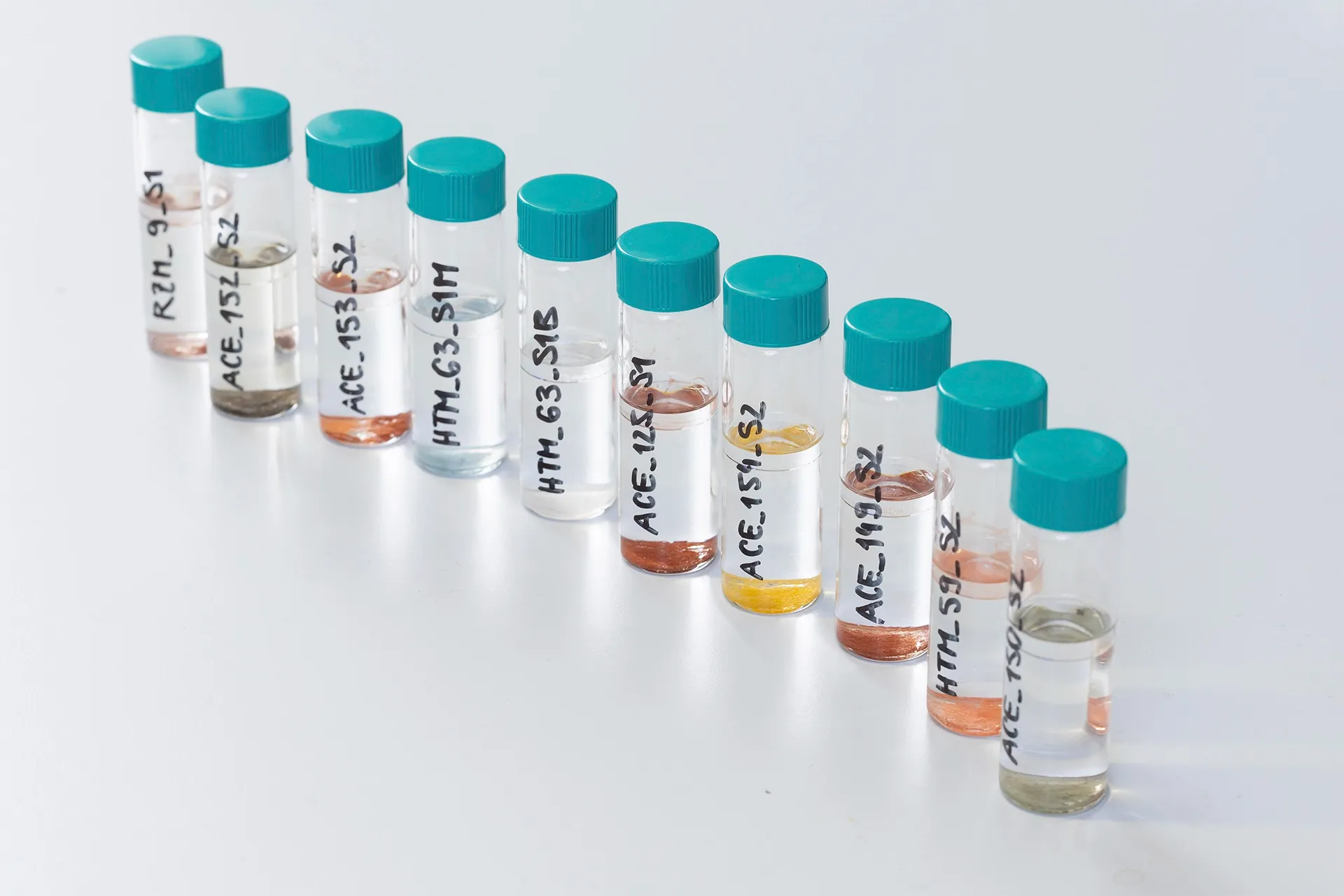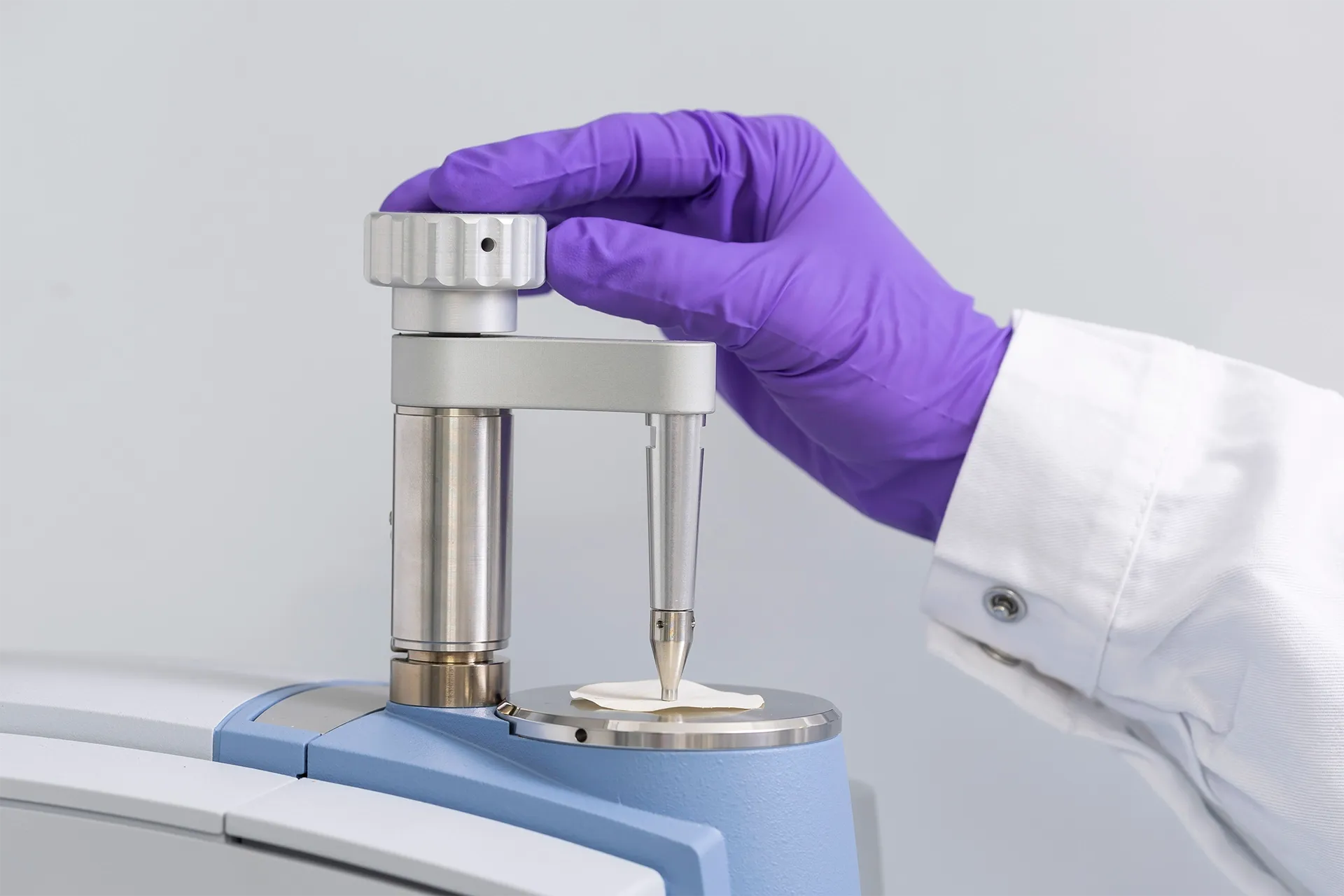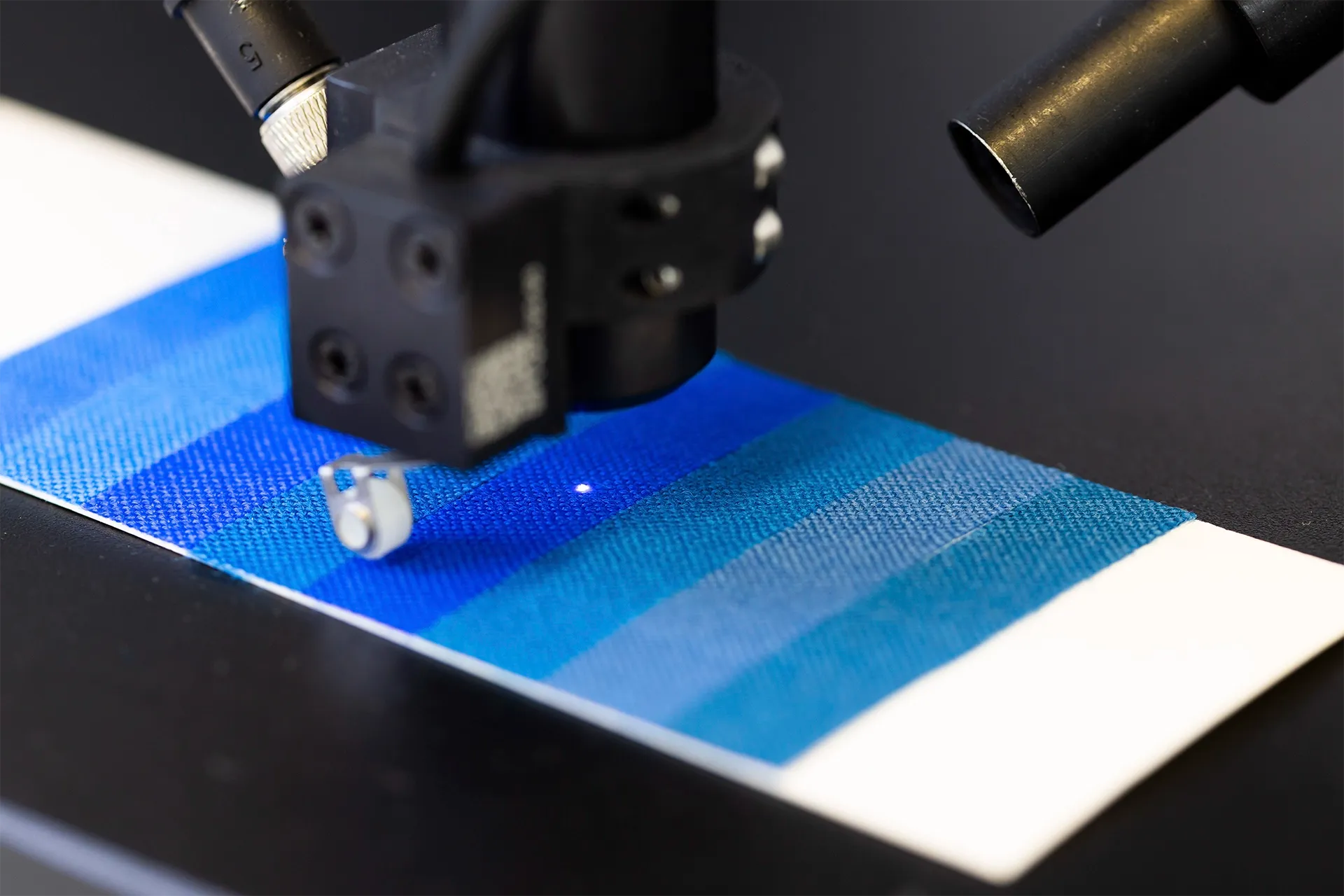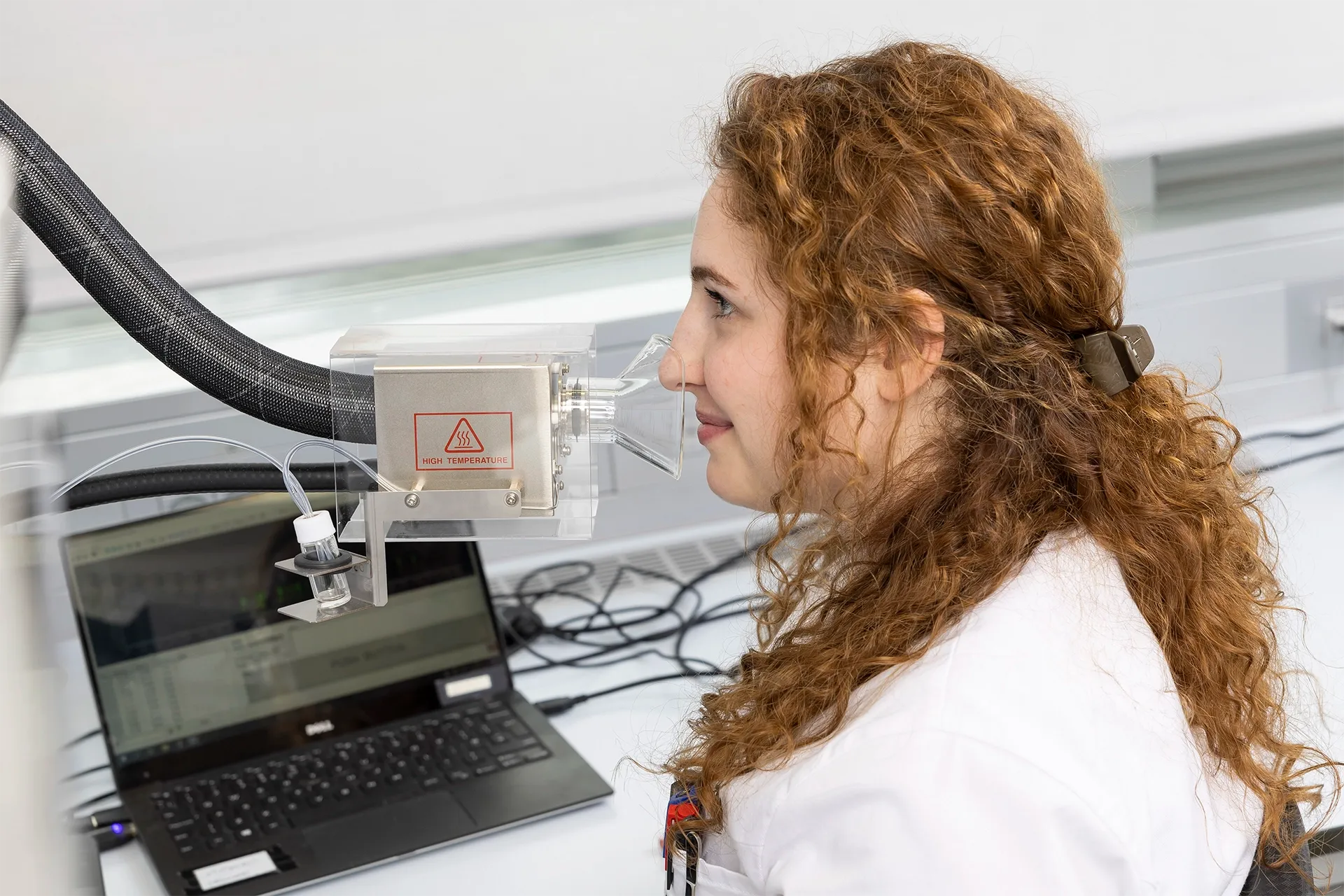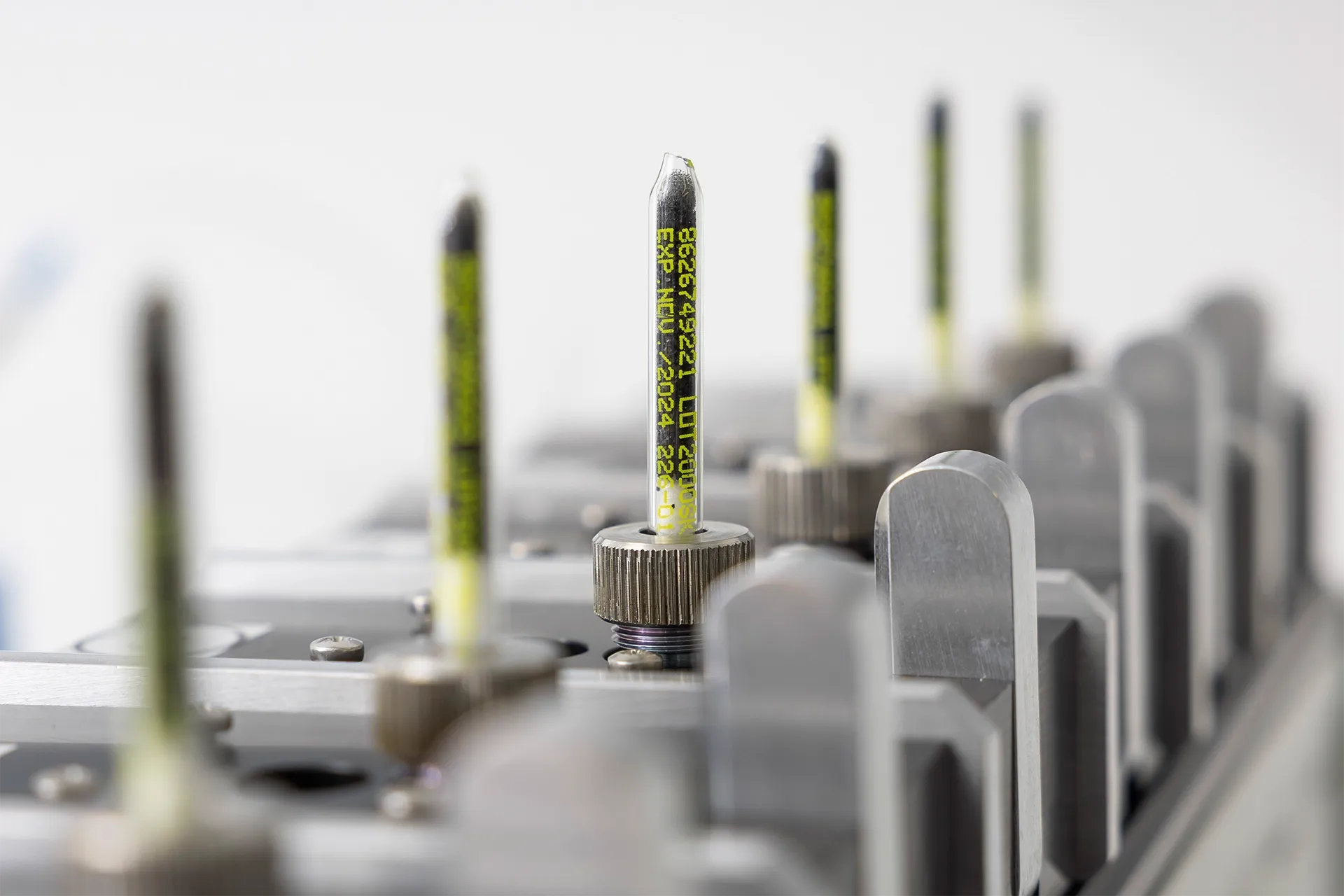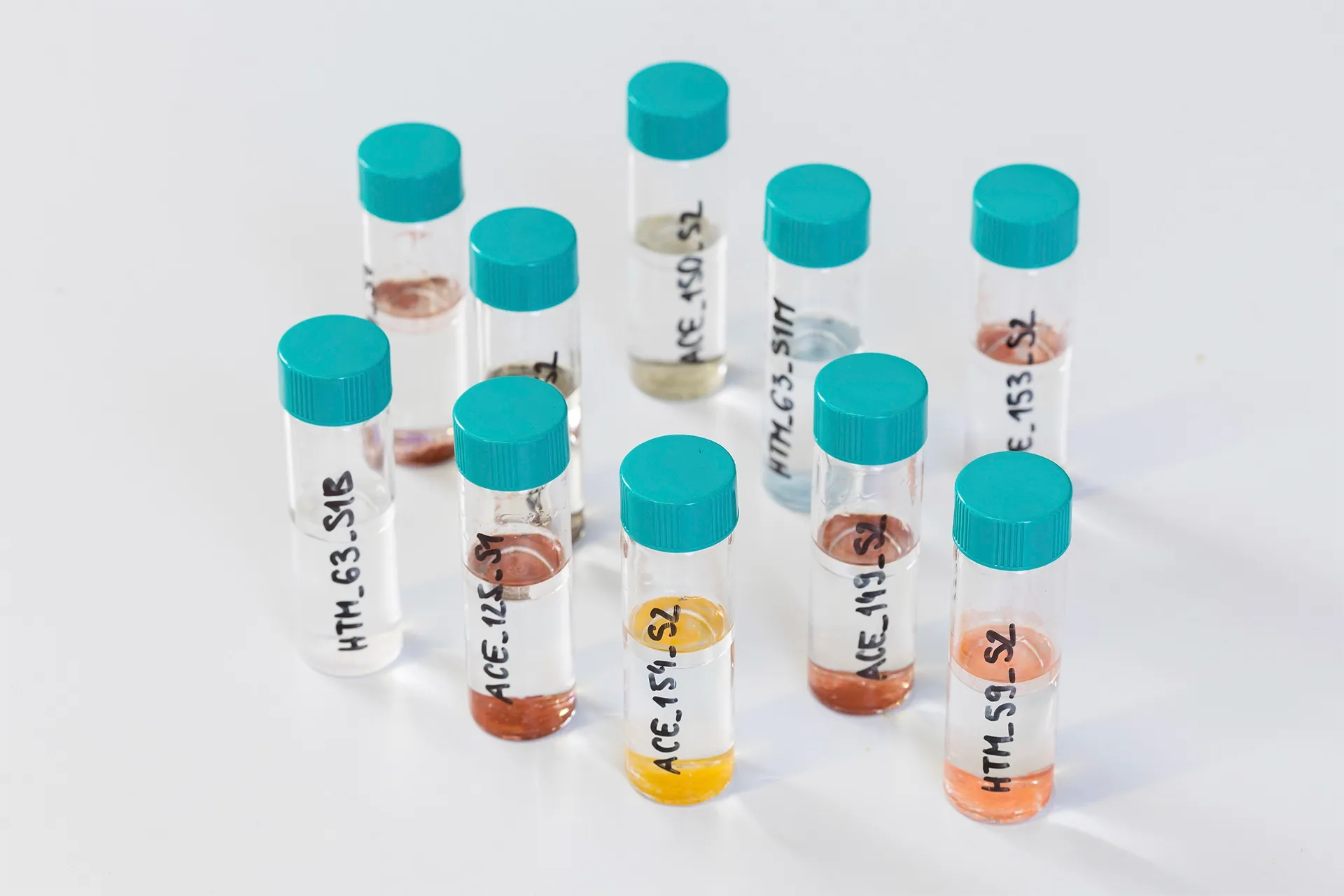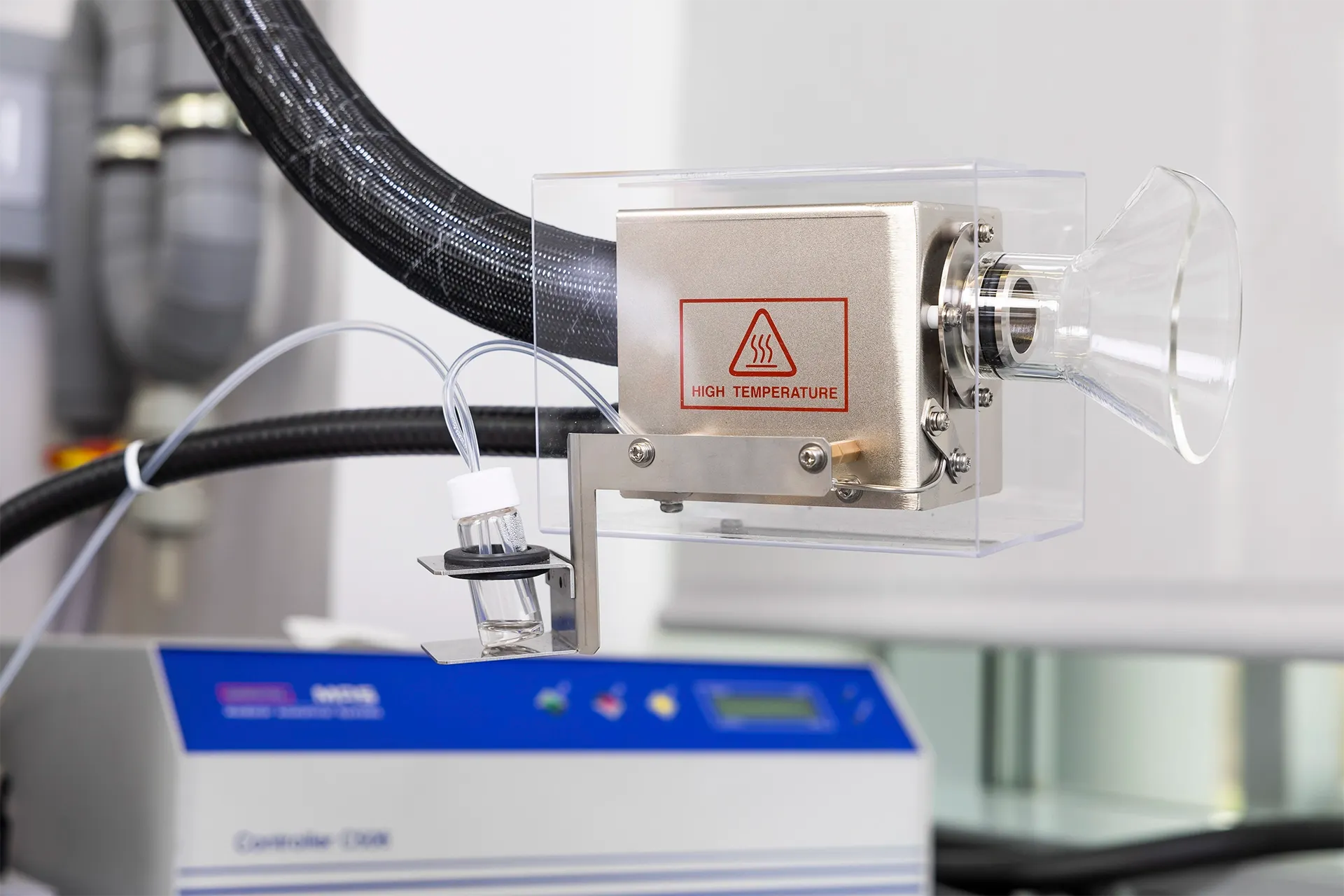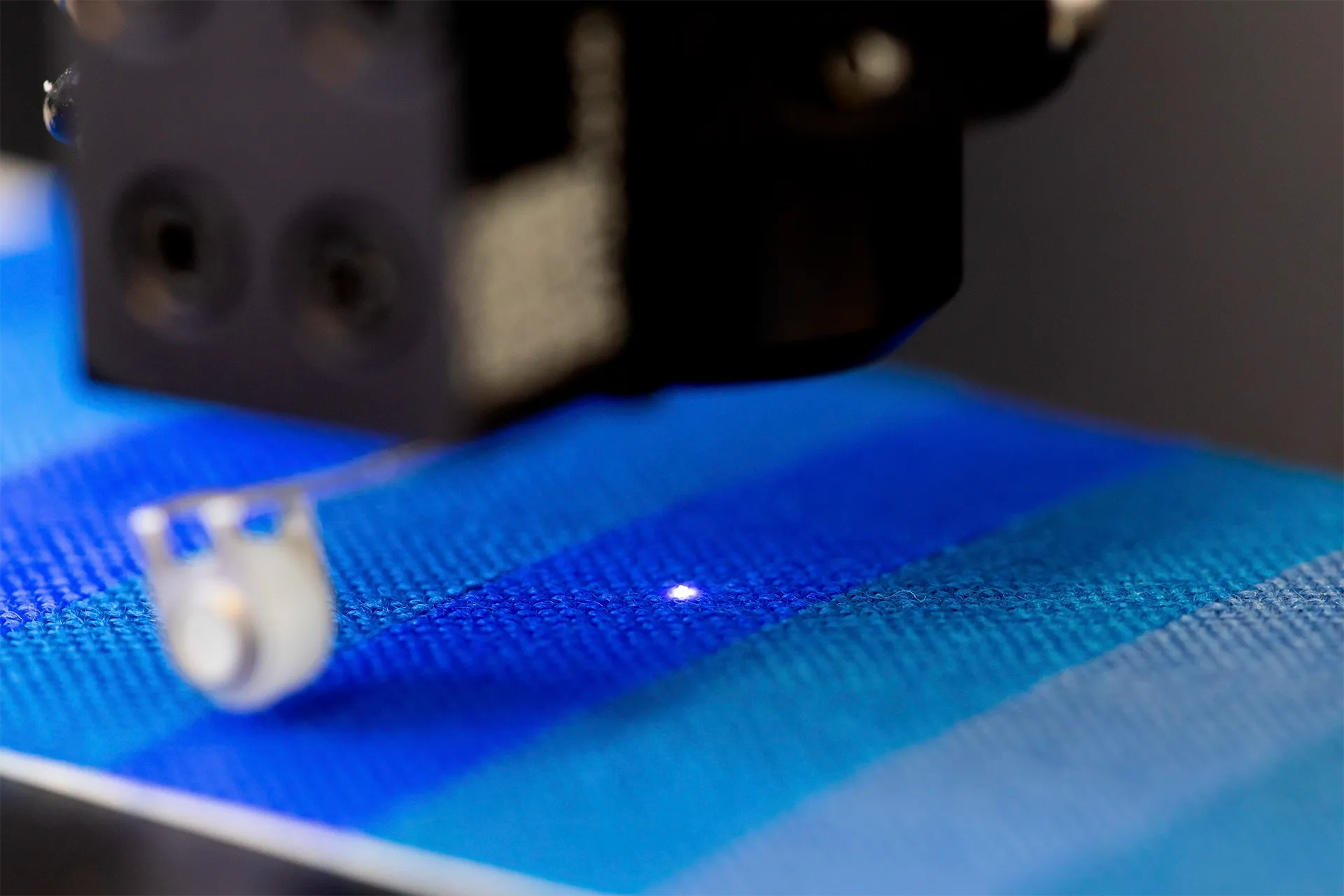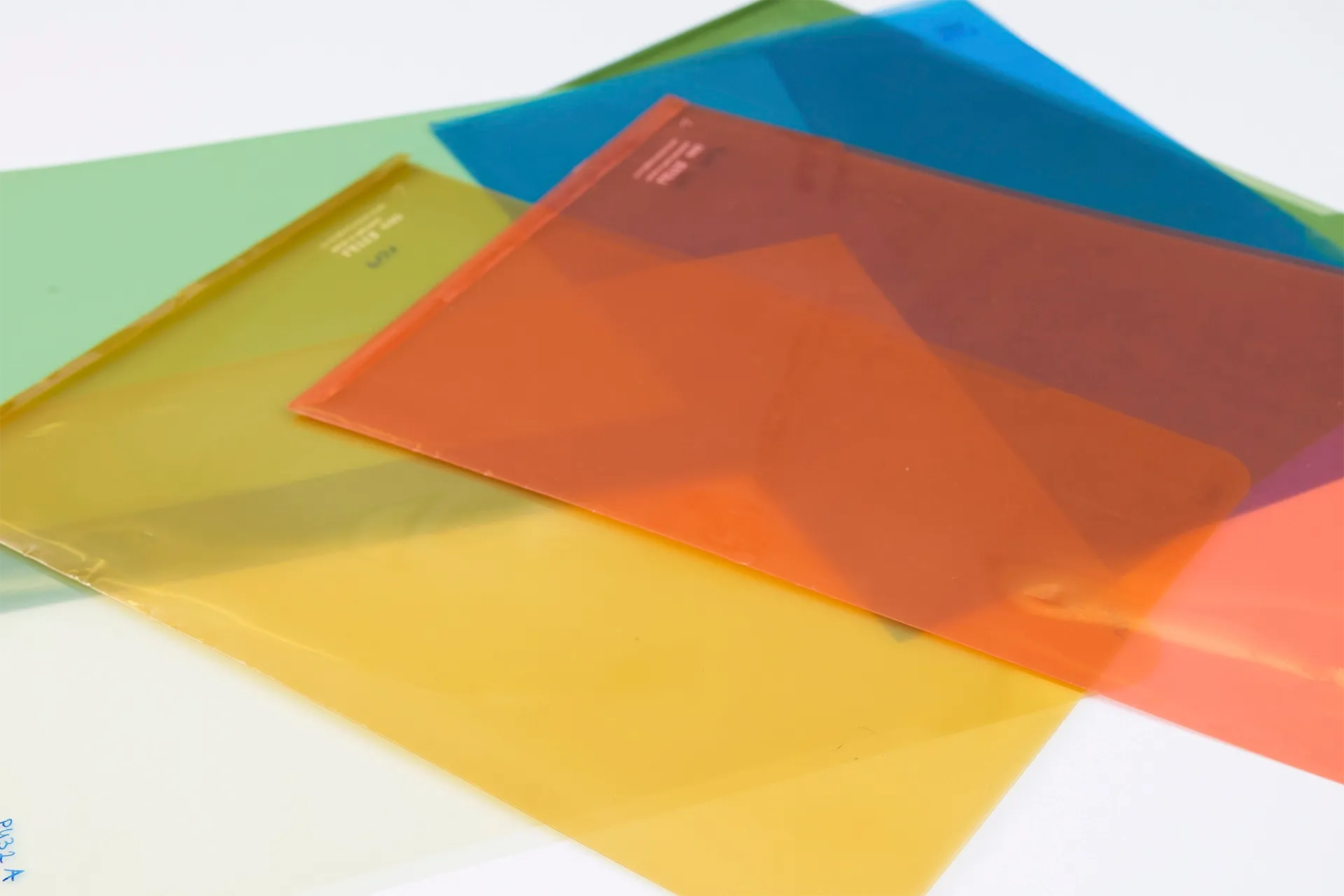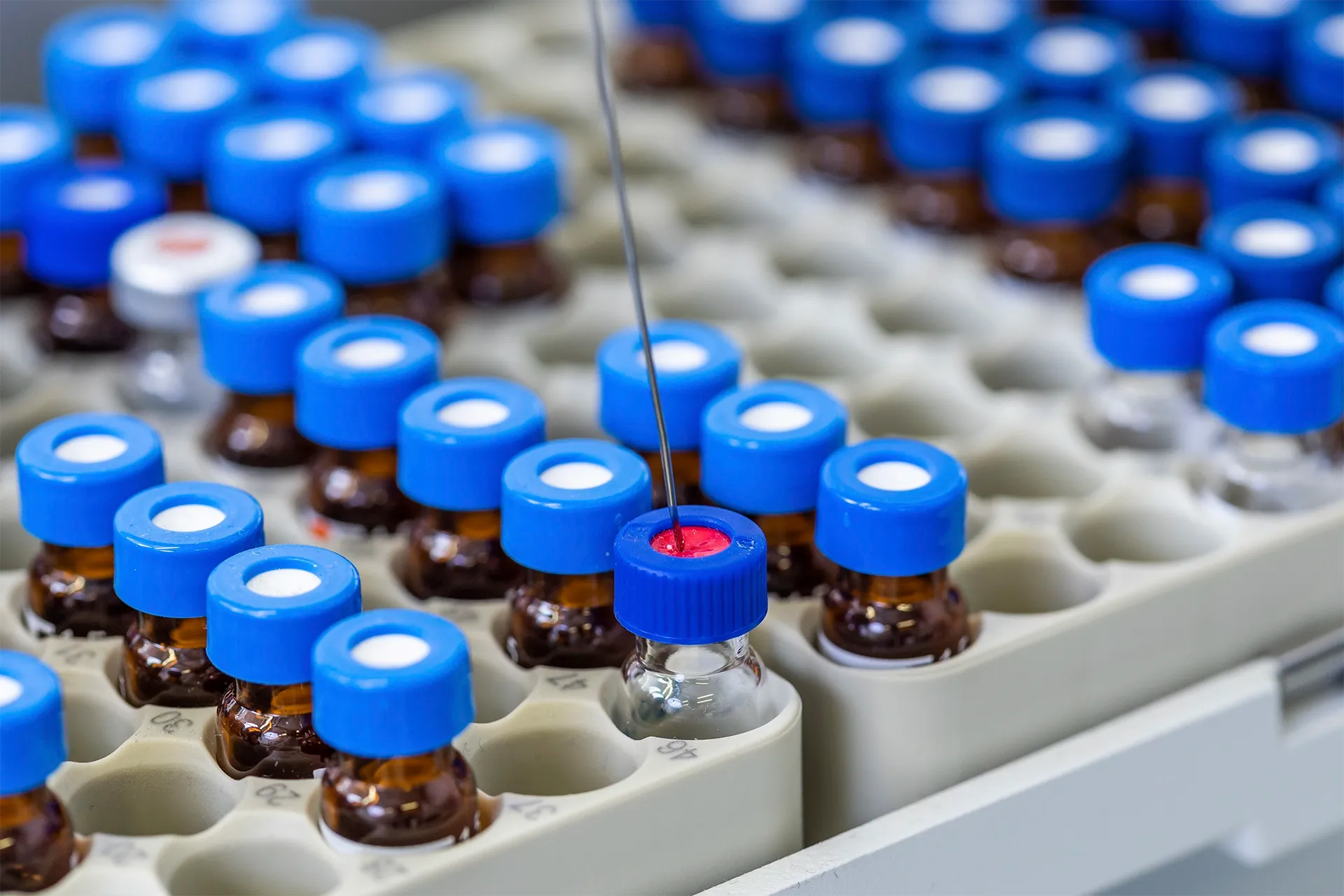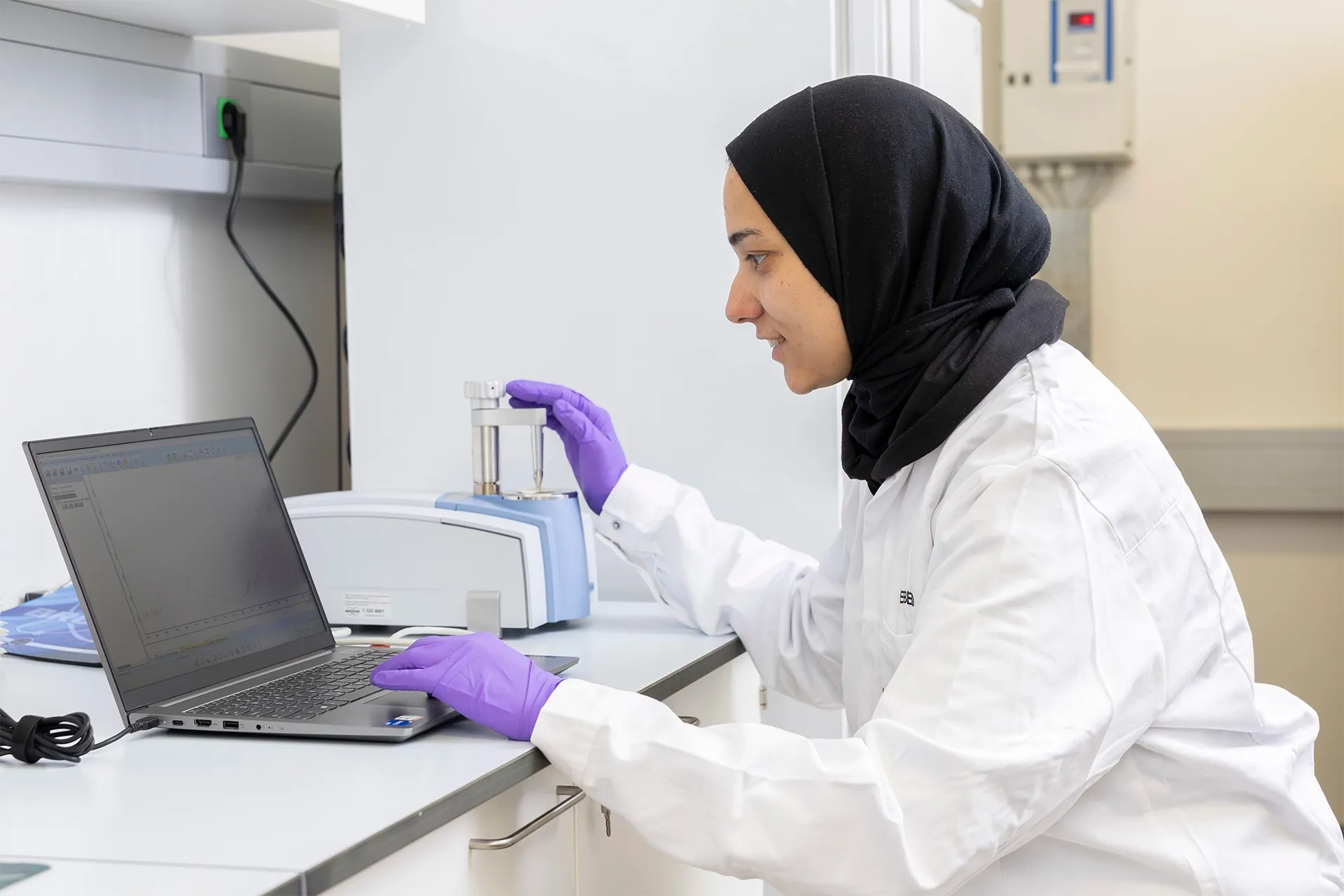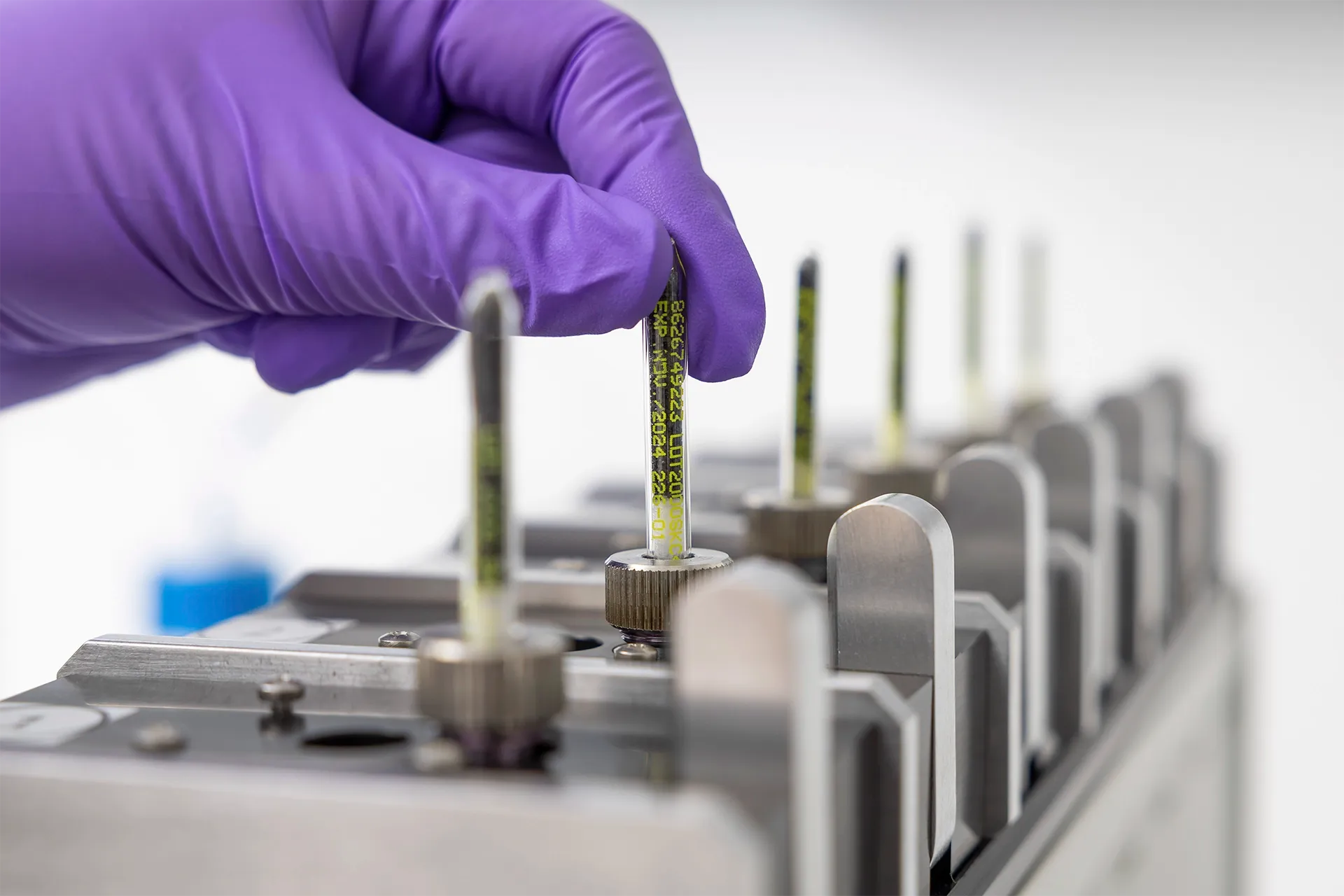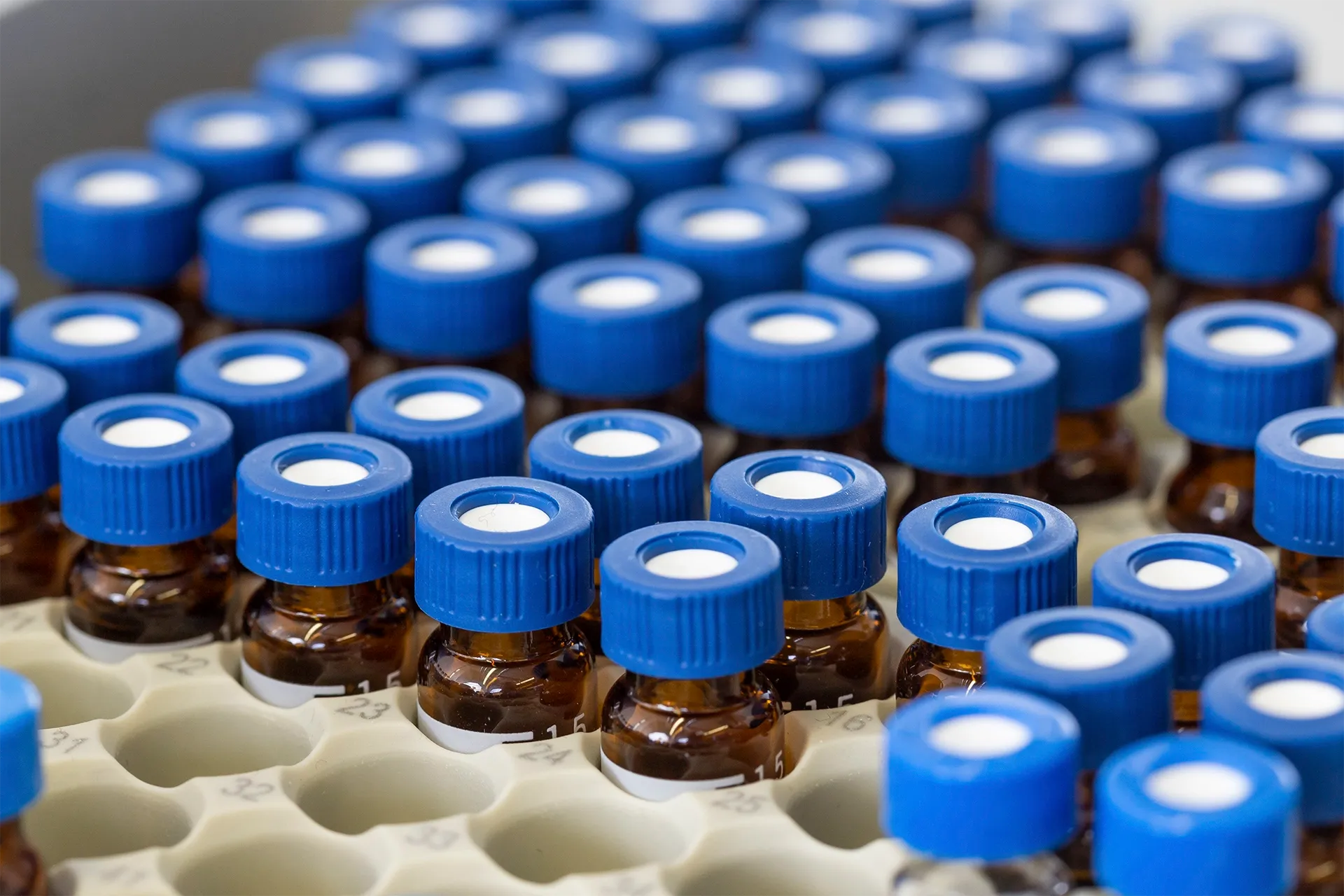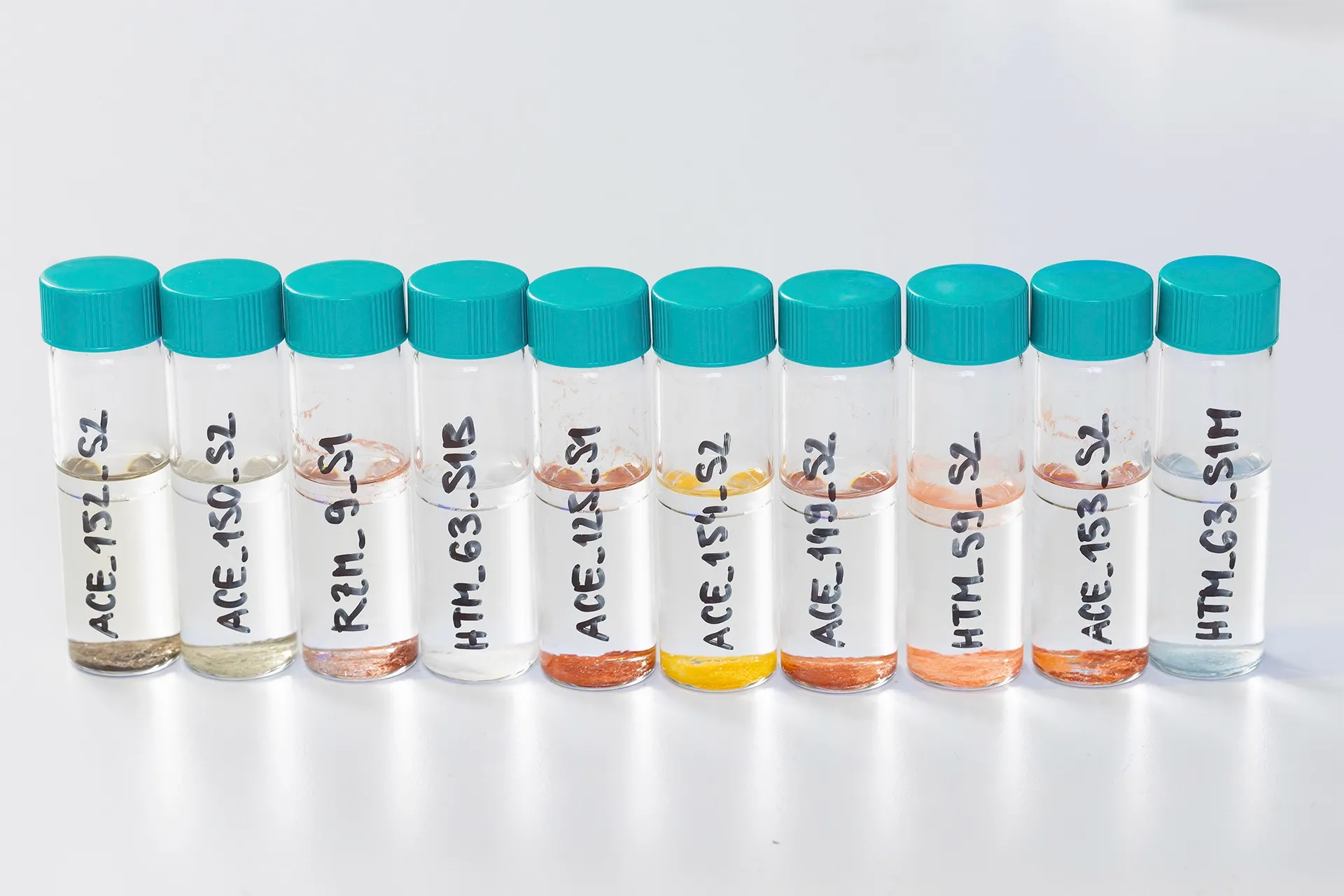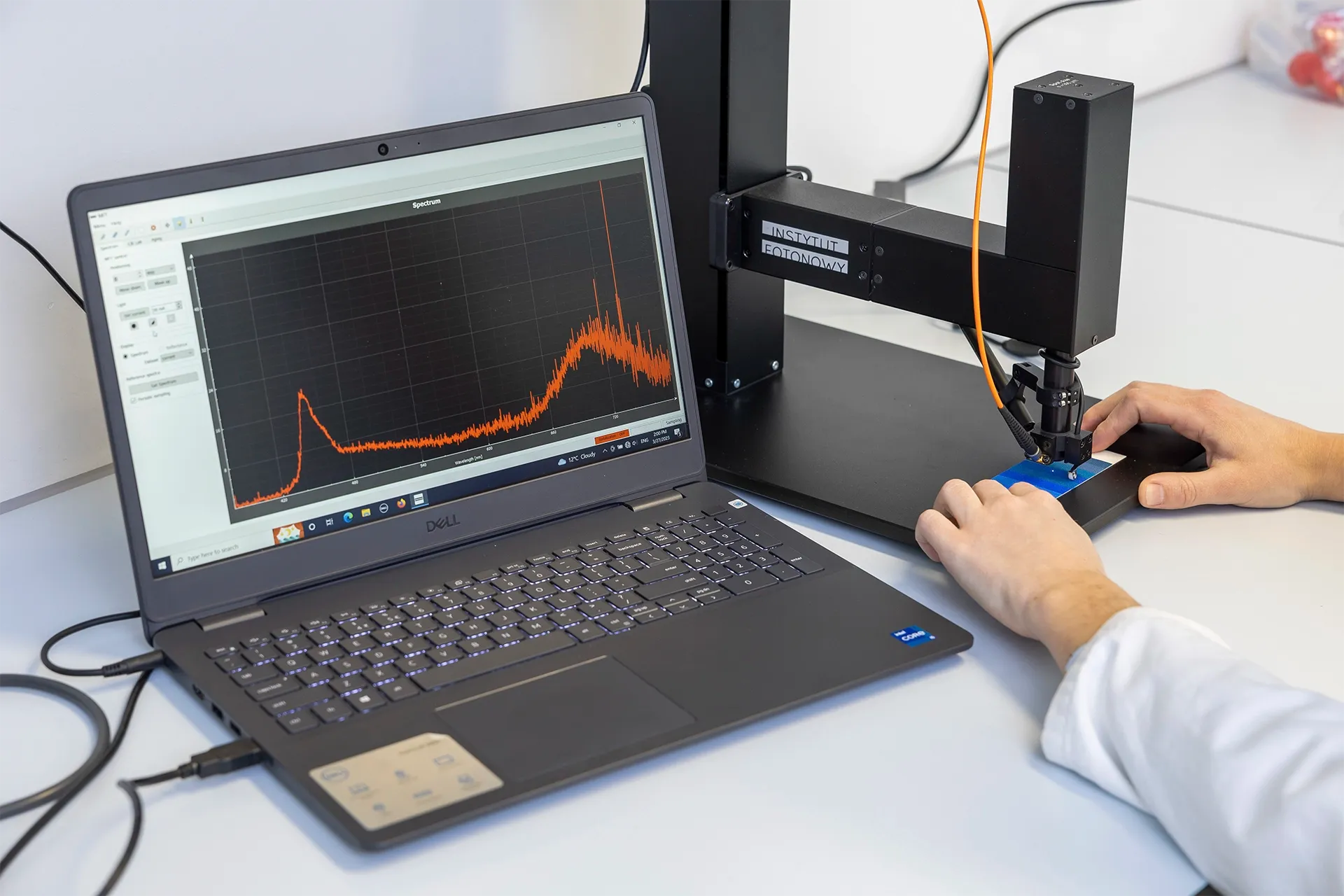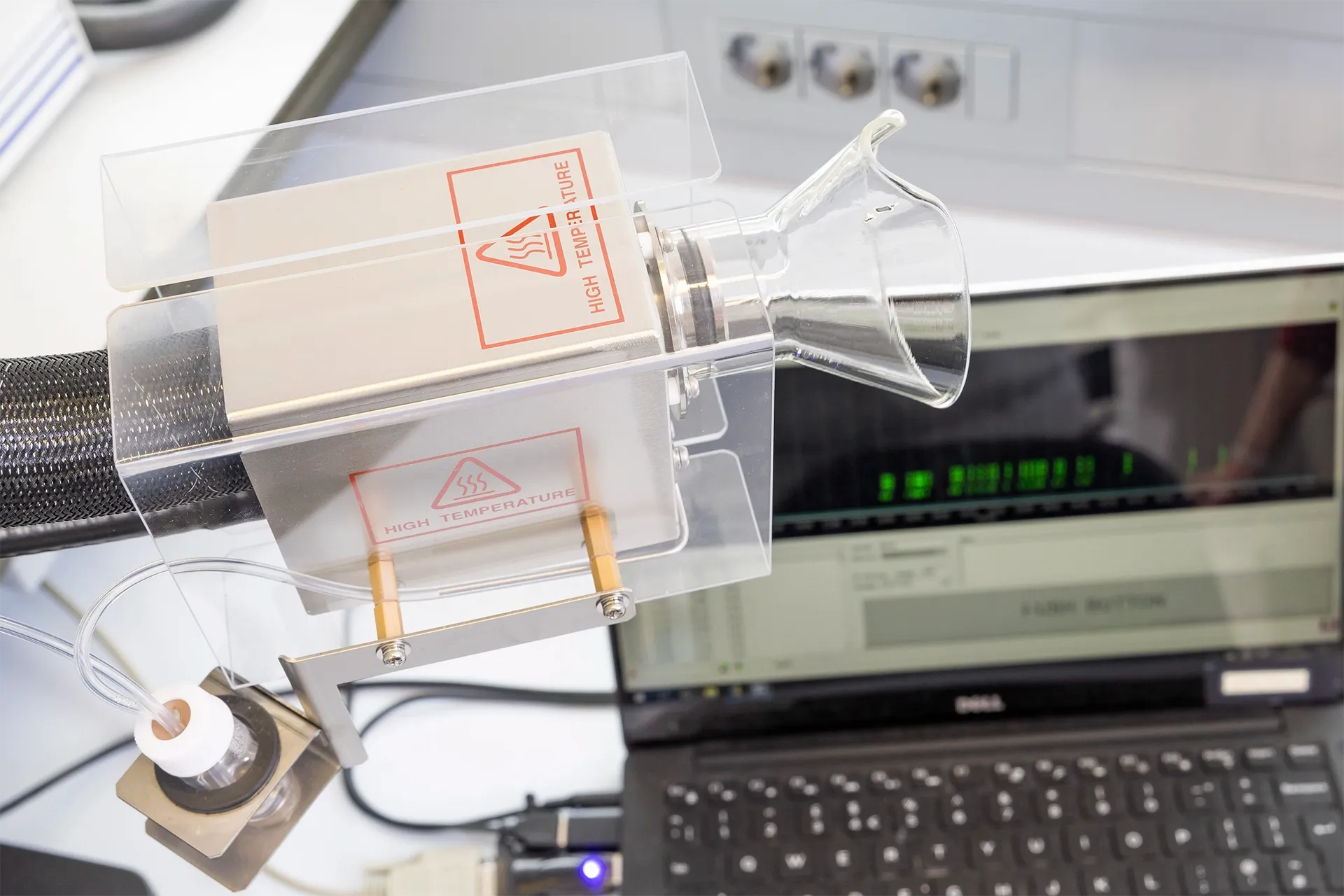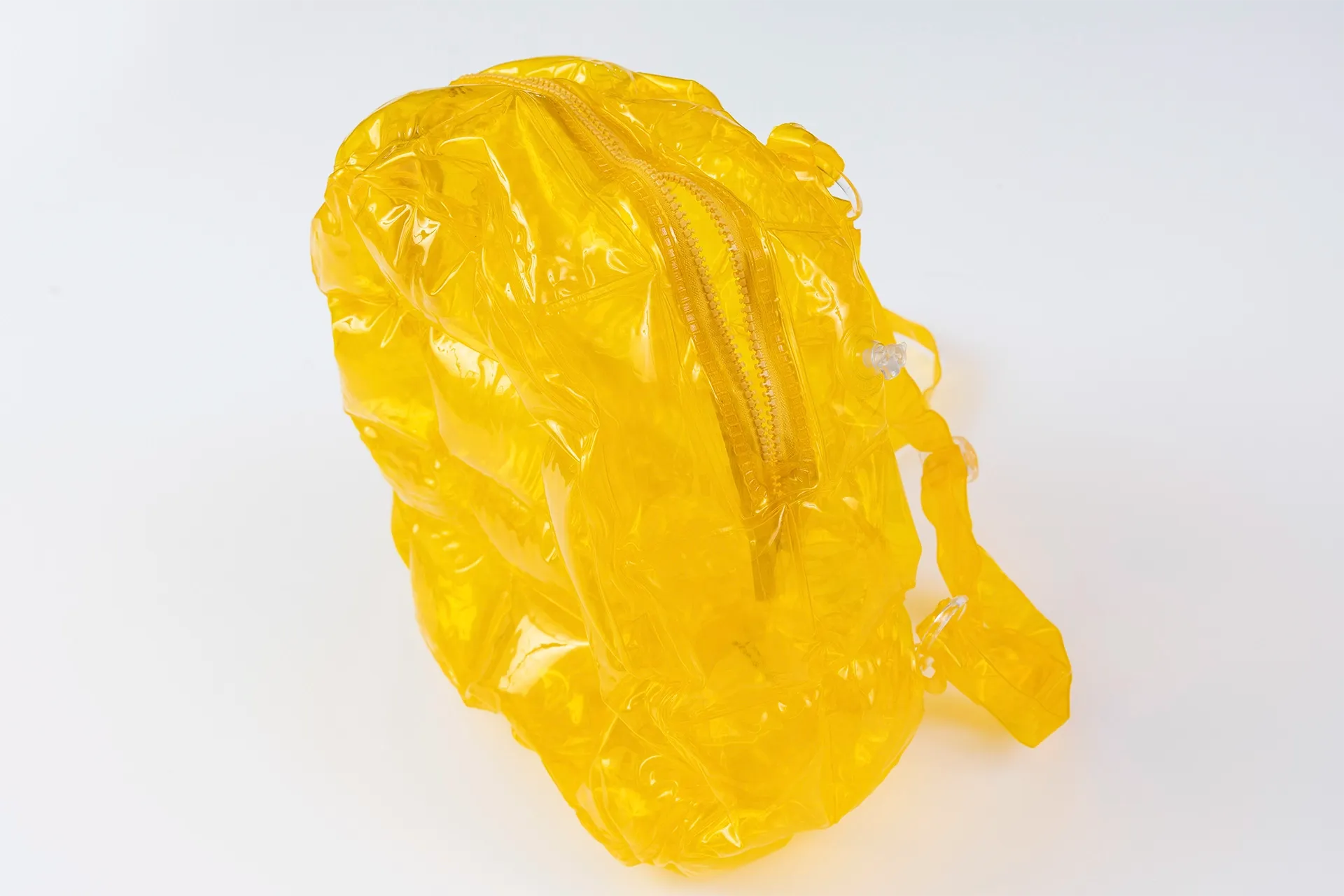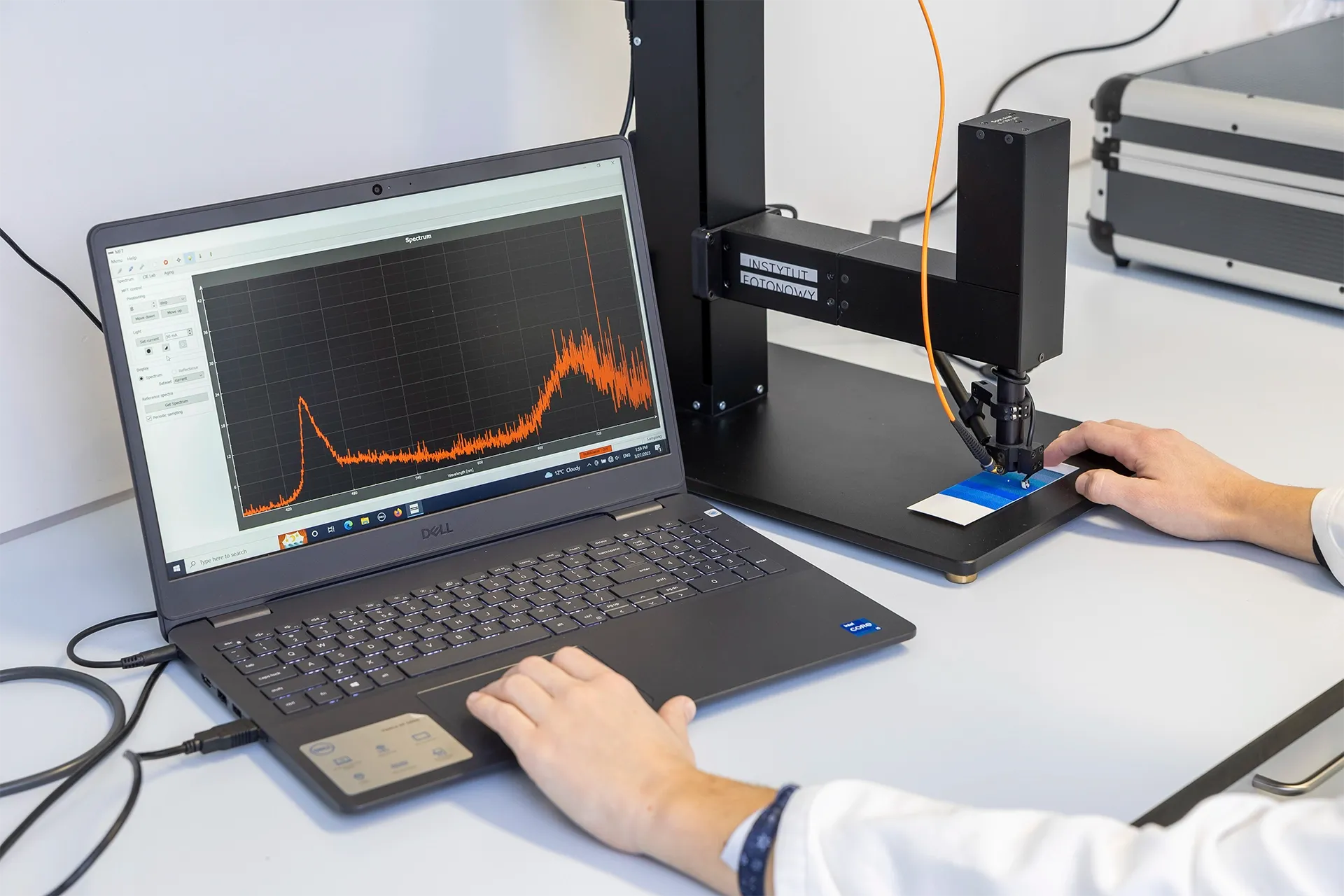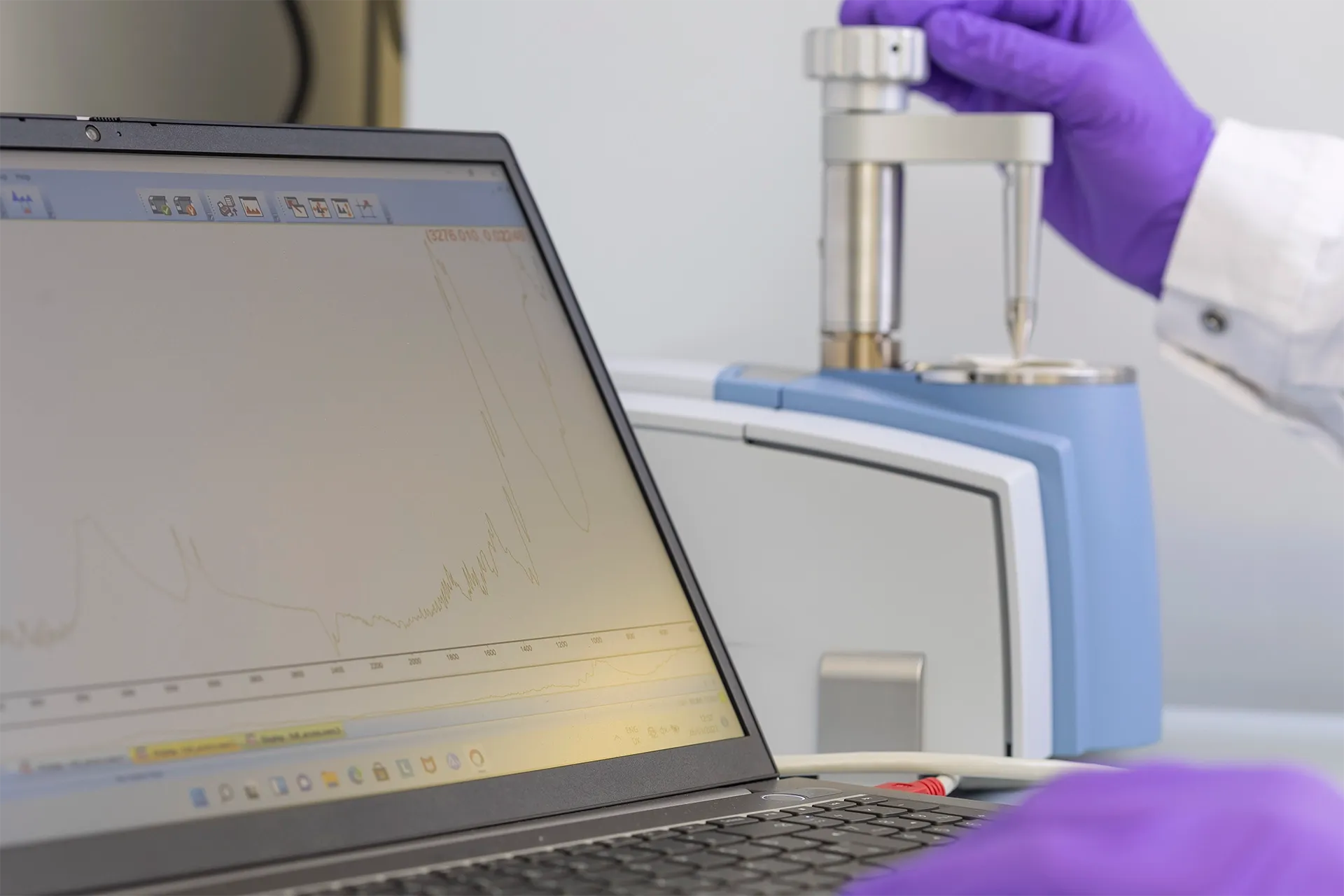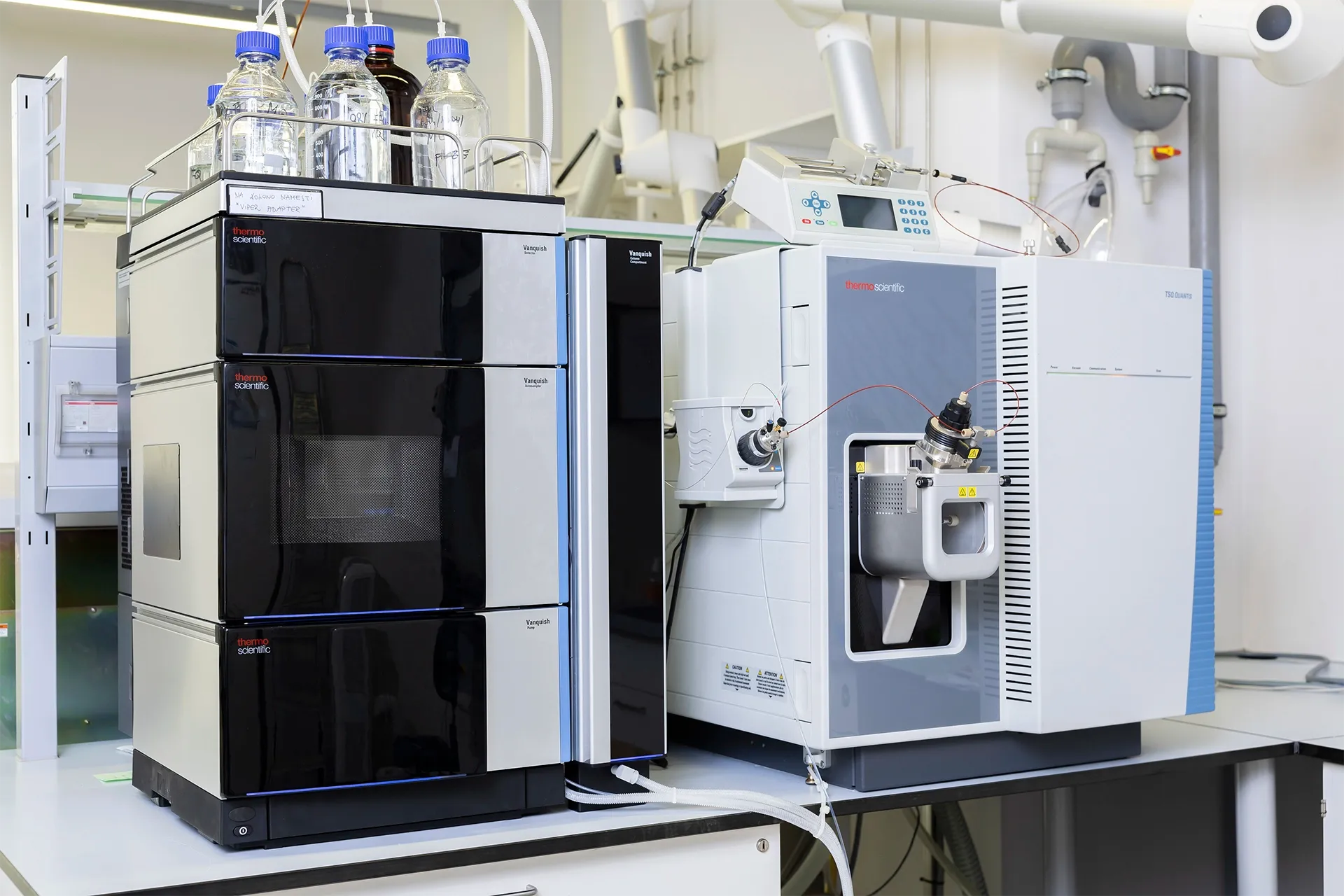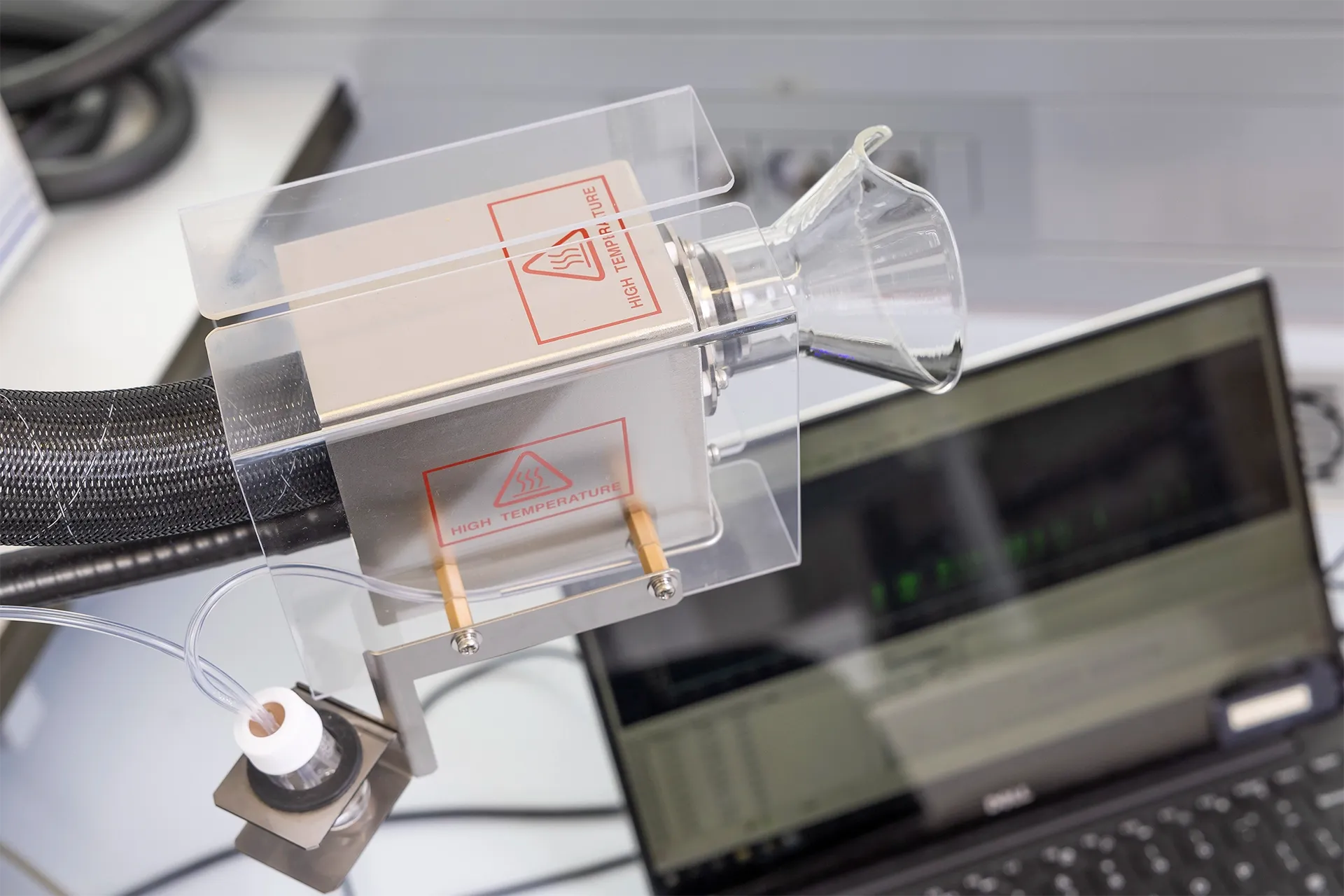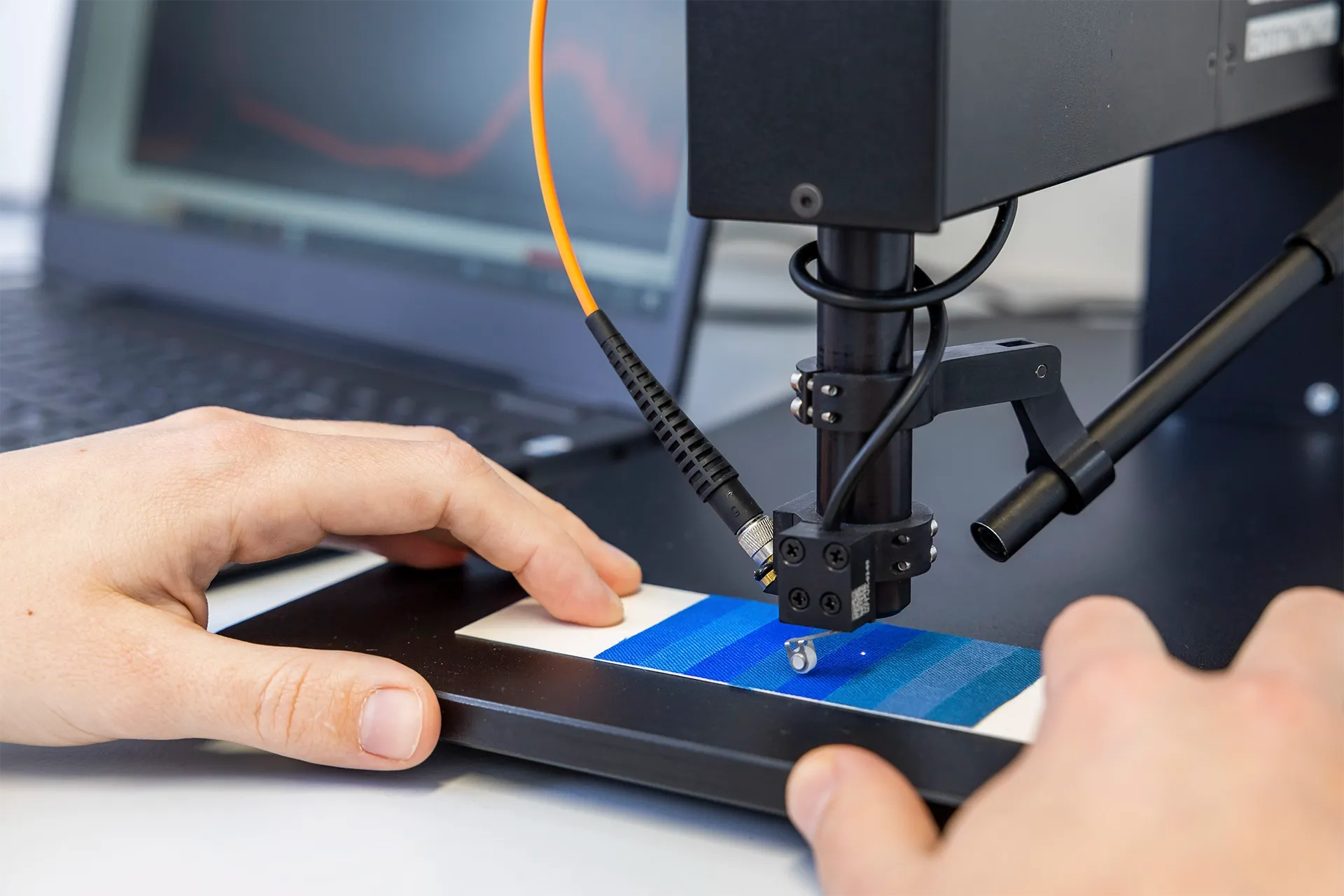Welcome to
Heritage Science
Laboratory Ljubljana
Welcome to
Heritage Science
Laboratory Ljubljana
We are based at the Faculty of Chemistry and Chemical Technology of the University of Ljubjana and are a diverse group of researchers addressing interdisciplinary heritage science research questions. These often require cutting edge scientific skills and facilities, but also a highly collaborative approach to research. To read more about what shapes our research philosophy, consider this editorial by the Lab Lead, professor Matija Strlič.
Featured news
and events
Smell of Egyptian Mummified Bodies Prized as “the Most Excellent Research Achievement”
Every year, the University of Ljubljana selects ten most prominent research achievements among the proposals received from its faculties, based on aspects including impact, comprehensiveness, and applicability. This year, our research on ancient Egyptian mummified bodies: an interdisciplinary analysis of [...]
Are VOCs a Criterion for Archival Box Suitability?
Researchers at HSLL have recently published a new study titled “Quality Assessment of Box Materials for Long-Term Archival Storage: VOC Emissions Are Not a Significant Concern”. The lead author is Randa Deraz, PhD researcher exploring the principles of lifetime modelling [...]
Centre of Excellence in Green Heritage Science
The GreenHer Centre of Excellence is being established as the first Slovenian centre dedicated to interdisciplinary research in green heritage science within a collaborative European partnership. It is also the first Slovenian centre created under the EU’s highly competitive Teaming [...]
Heritage Science Lab Unveils New Research on Islamic-African Talismans
We’re excited to share our latest publication in ChemPlusChem: “Multi-Analytical Study of Amuletic and Talismanic Islamic-African Paper Manuscripts in the Slovene Ethnographic Museum.” This study explores a fascinating collection of 50 Islamic-African paper talismanic and amuletic manuscripts, dating from the [...]
Large Interdisciplinary Project MATRES Approved for Funding by the University of Ljubljana
The Heritage Science Lab Ljubljana is excited to announce a new highly interdisciplinary project funded by the University of Ljubljana titled MATRES - Material Resilience in Times of Environmental and Social Change. In collaboration with teams at the Faculty of [...]
Experiences Through Sensorial Language in Arts and Heritage
The Art of Sensorial Language examines audience interactivity and multisensory experiences that can be understood internationally and cross‑culturally. It considers interactivity not as a technological mode of interaction but as a direct and immediate communication between the audience and the [...]
Featured news
and events
Smell of Egyptian Mummified Bodies Prized as “the Most Excellent Research Achievement”
Every year, the University of Ljubljana selects ten most prominent research achievements among the proposals received from its faculties, based on aspects including impact, comprehensiveness, and applicability. This year, our research on ancient Egyptian mummified bodies: an interdisciplinary analysis of [...]
Are VOCs a Criterion for Archival Box Suitability?
Researchers at HSLL have recently published a new study titled “Quality Assessment of Box Materials for Long-Term Archival Storage: VOC Emissions Are Not a Significant Concern”. The lead author is Randa Deraz, PhD researcher exploring the principles of lifetime modelling [...]
Centre of Excellence in Green Heritage Science
The GreenHer Centre of Excellence is being established as the first Slovenian centre dedicated to interdisciplinary research in green heritage science within a collaborative European partnership. It is also the first Slovenian centre created under the EU’s highly competitive Teaming [...]
Heritage Science Lab Unveils New Research on Islamic-African Talismans
We’re excited to share our latest publication in ChemPlusChem: “Multi-Analytical Study of Amuletic and Talismanic Islamic-African Paper Manuscripts in the Slovene Ethnographic Museum.” This study explores a fascinating collection of 50 Islamic-African paper talismanic and amuletic manuscripts, dating from the [...]
Large Interdisciplinary Project MATRES Approved for Funding by the University of Ljubljana
The Heritage Science Lab Ljubljana is excited to announce a new highly interdisciplinary project funded by the University of Ljubljana titled MATRES - Material Resilience in Times of Environmental and Social Change. In collaboration with teams at the Faculty of [...]
Experiences Through Sensorial Language in Arts and Heritage
The Art of Sensorial Language examines audience interactivity and multisensory experiences that can be understood internationally and cross‑culturally. It considers interactivity not as a technological mode of interaction but as a direct and immediate communication between the audience and the [...]
Active projects
We have led EU collaborative projects focussed on the development of non-destructive characterisation of cultural heritage (SurveNIR, PAPYLUM), and collaborated in projects on the development and evaluation of new conservation interventions (InkCor, Laclepa) and preventive conservation strategies (GreenArt, APACHE, PaperVOC). Recently, our work has focused on the development of heritage science infrastructure (E-RIHS IP, E-RIHS PP, Iperion HS) and new methods offered to users through the European Research Infrastructure for Heritage Science, including its Slovenian node.
The research projects are underpinned by two block funding grants of the Slovenian Research and Innovation Agency: Research Programme N-DAD and Infrastructure Programme E-RIHS.SI.
MATRES – Material Resilience in Times of Environmental and Social Change
AID HCH – Advancing Humanities and Cultural Heritage with Artificial Intelligence
smell and intangible cultural heritage
NextGenHS – Next generation analytical tools for heritage science
SloveNile – Slovenian-Egyptian Heritage Science Platform
Stucco Marble Altars in Slovenia: Materials, Conservation, and Meaning
Citizen Science–Driven Value-Based Strategic Direction of Scientific Research of Heritage
SAFESILK – Metal salt-induced silk degradation in heritage collections
Infrastructure Programme: Slovenian node of the European Research Infrastructure for Heritage Science
N-DAD: Non-destructive Analysis and Diagnostics
Active projects
We have led EU collaborative projects focussed on the development of non-destructive characterisation of cultural heritage (SurveNIR, PAPYLUM), and collaborated in projects on the development and evaluation of new conservation interventions (InkCor, Laclepa) and preventive conservation strategies (GreenArt, APACHE, PaperVOC). Recently, our work has focused on the development of heritage science infrastructure (E-RIHS IP, E-RIHS PP, Iperion HS) and new methods to be be offered to users in the future European Research Infrastructure for Heritage Science, including its Slovenian node.
The research projects are underpinned by two stable funding grants: Research Programme N-DAD and Infrastructure Programme E-RIHS.SI.
MATRES – Material Resilience in Times of Environmental and Social Change
AID HCH – Advancing Humanities and Cultural Heritage with Artificial Intelligence
smell and intangible cultural heritage
NextGenHS – Next generation analytical tools for heritage science
SloveNile – Slovenian-Egyptian Heritage Science Platform
Stucco Marble Altars in Slovenia: Materials, Conservation, and Meaning
Citizen Science–Driven Value-Based Strategic Direction of Scientific Research of Heritage
SAFESILK – Metal salt-induced silk degradation in heritage collections
Infrastructure Programme: Slovenian node of the European Research Infrastructure for Heritage Science
N-DAD: Non-destructive Analysis and Diagnostics




